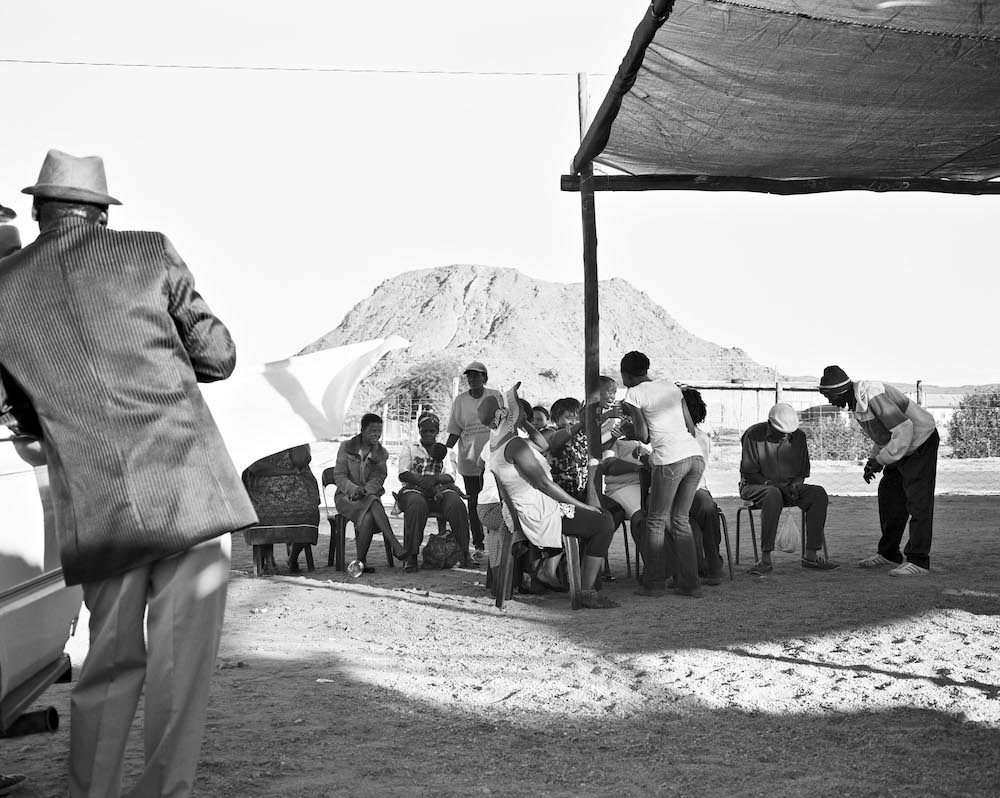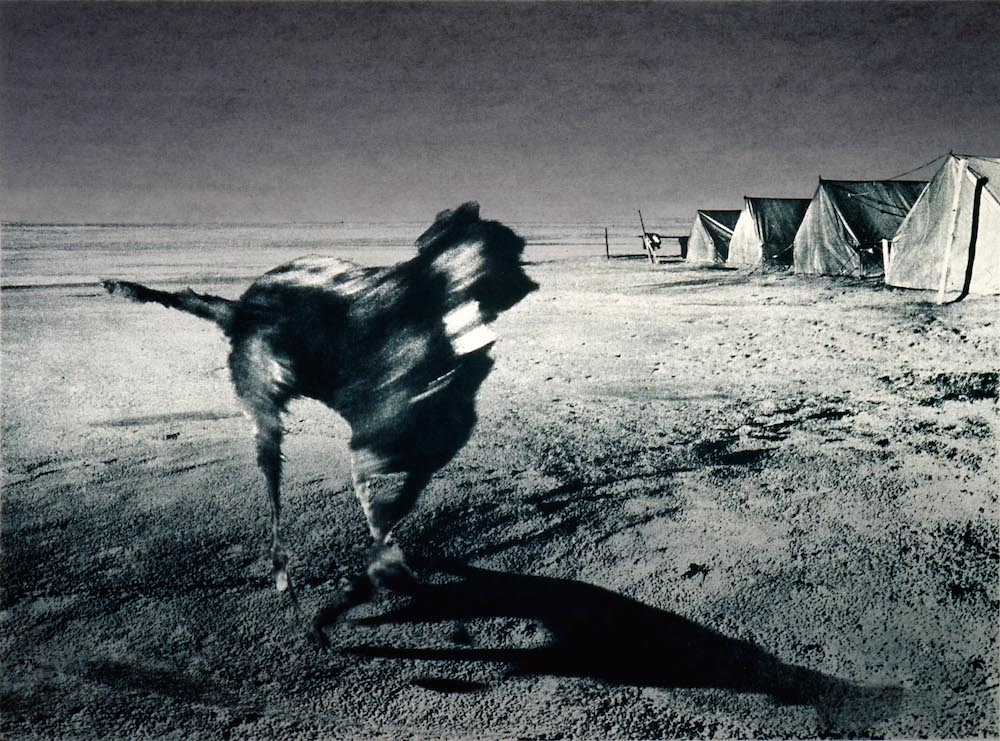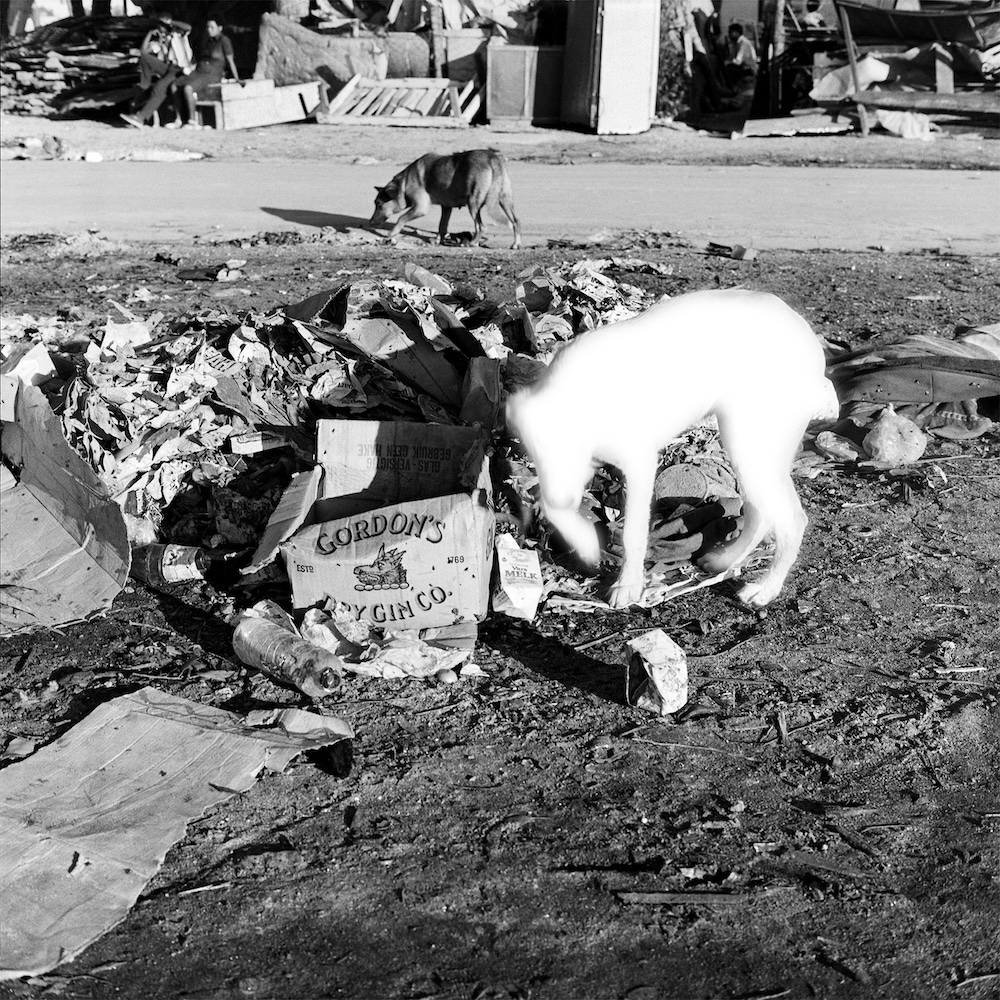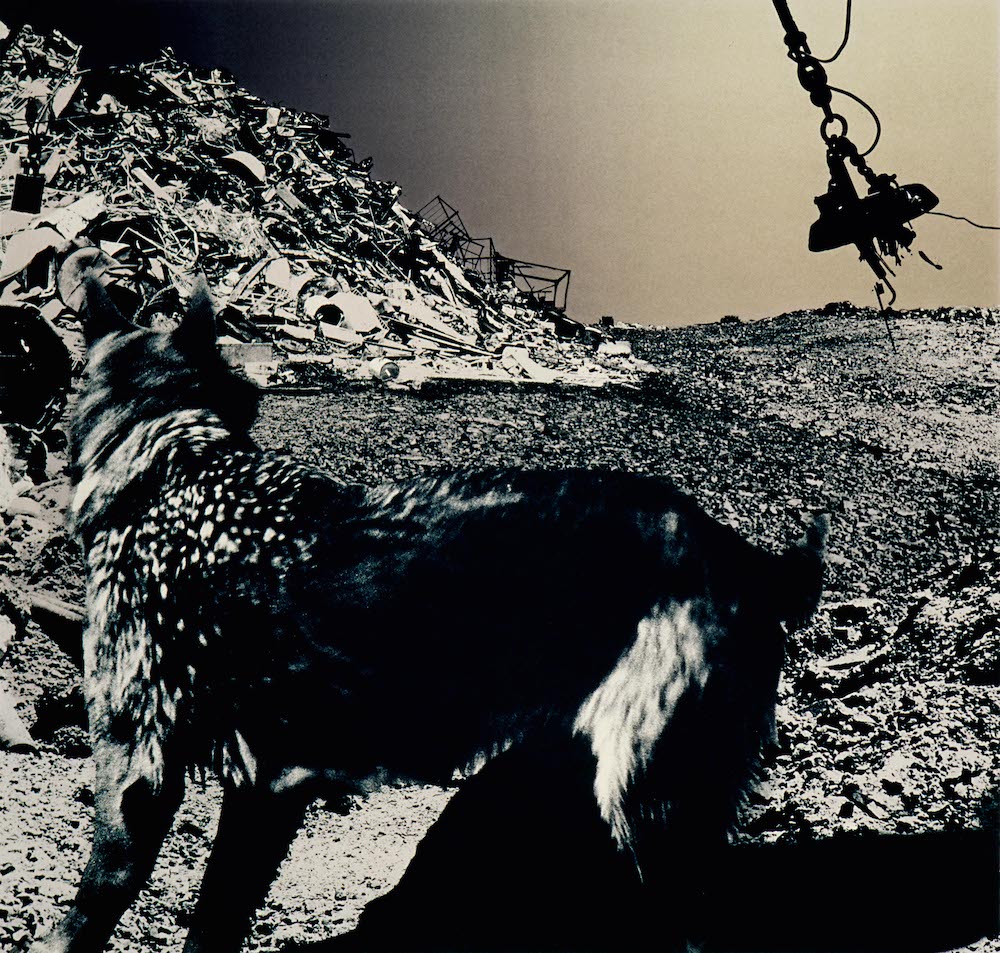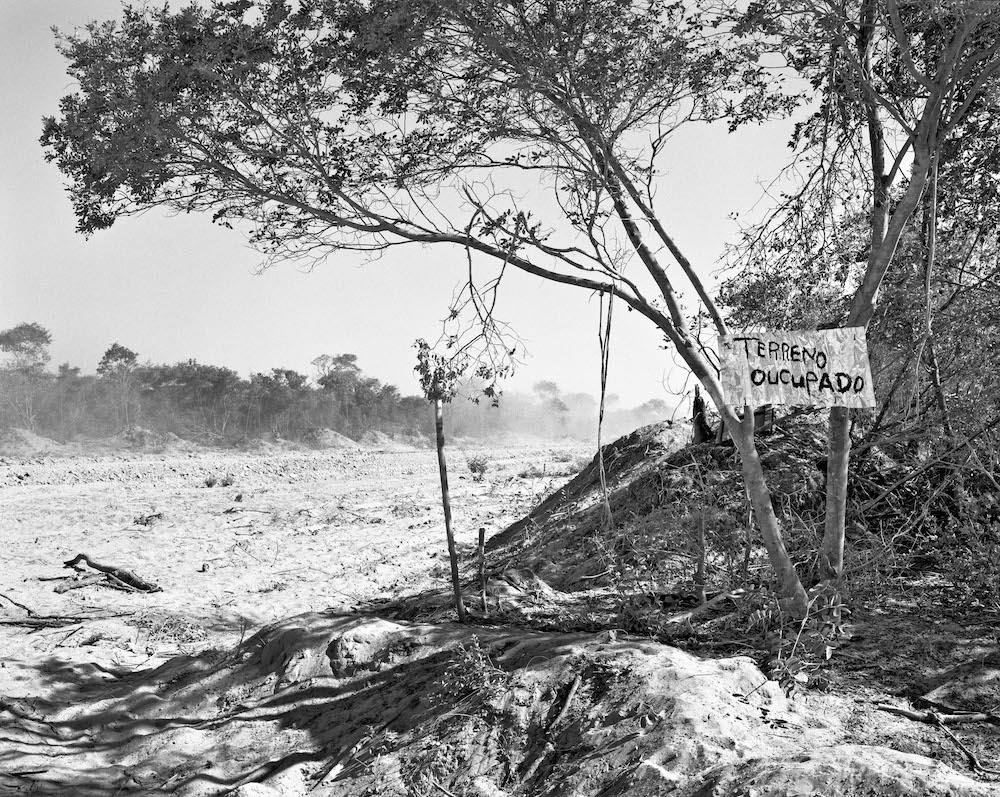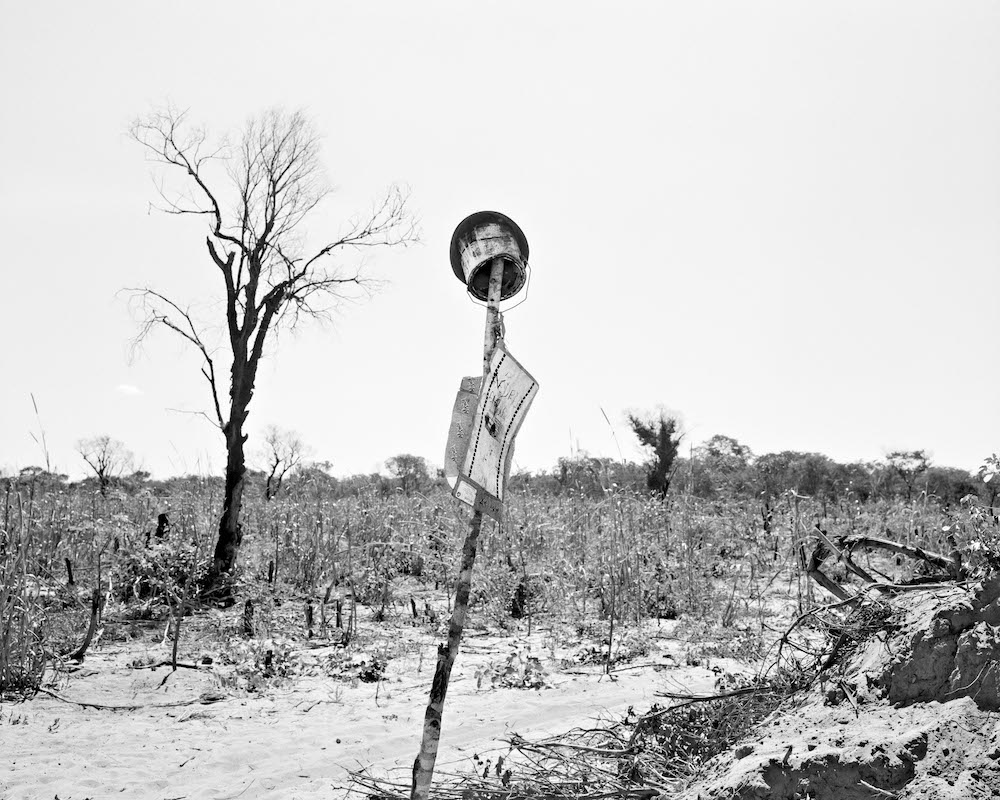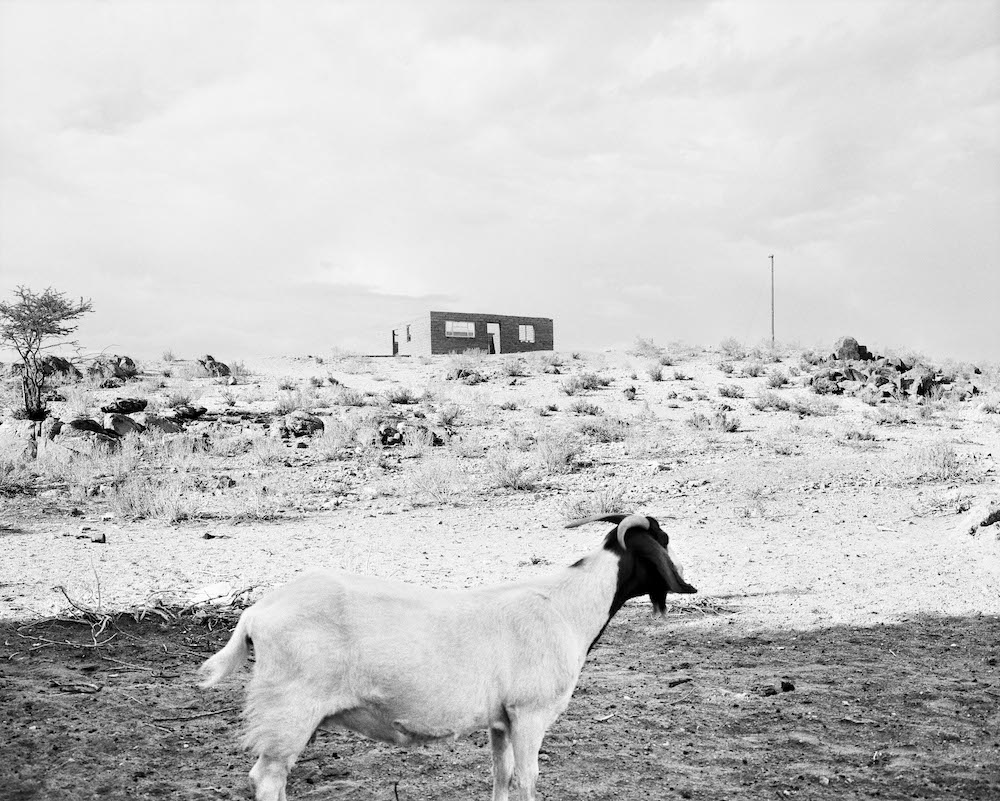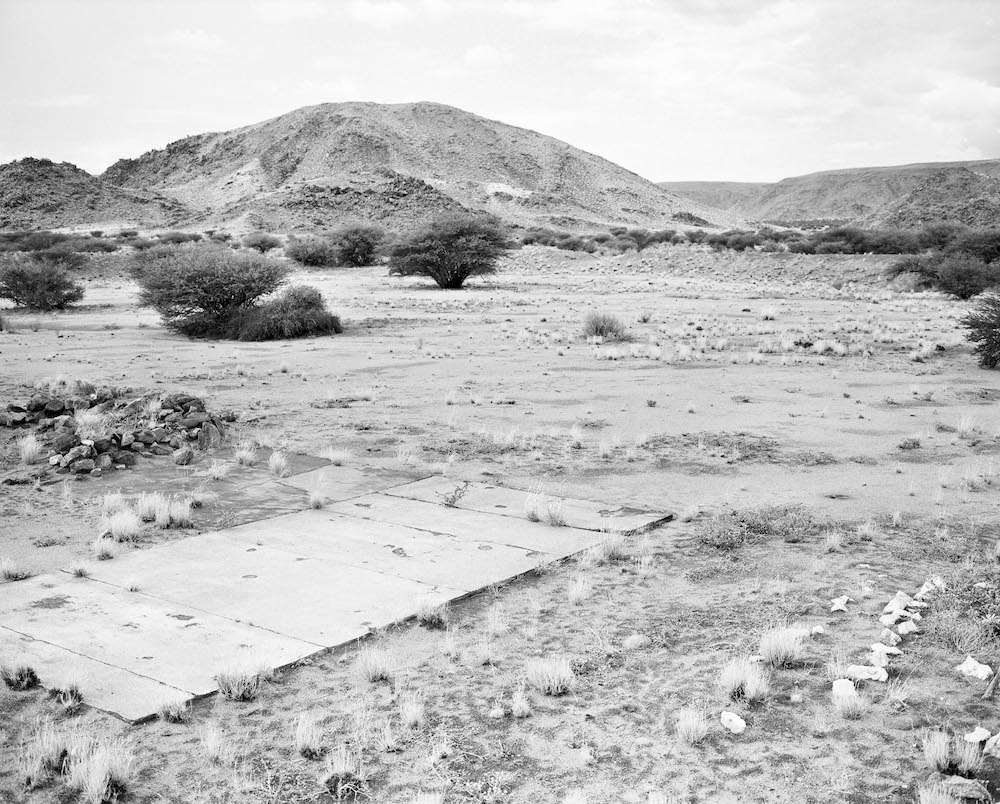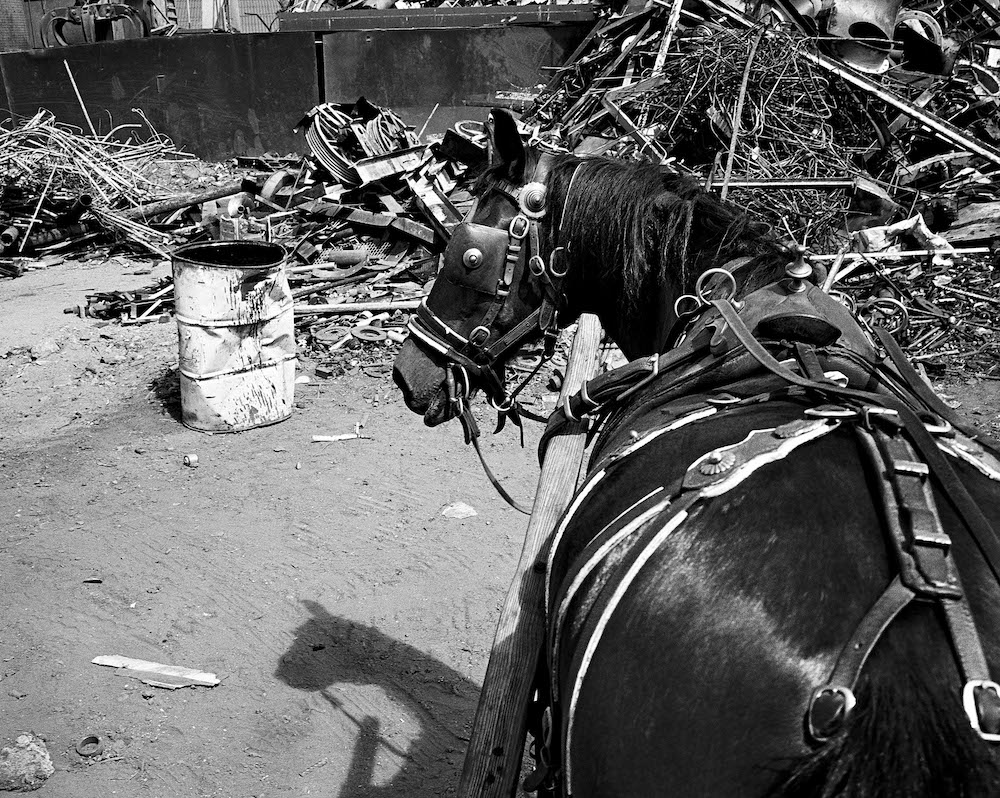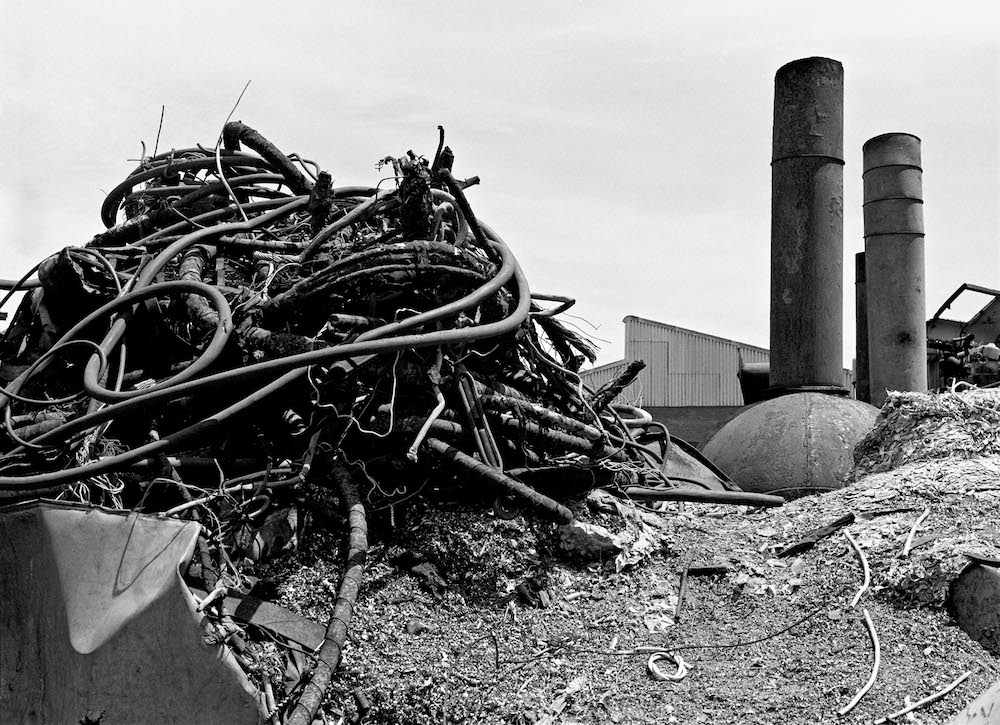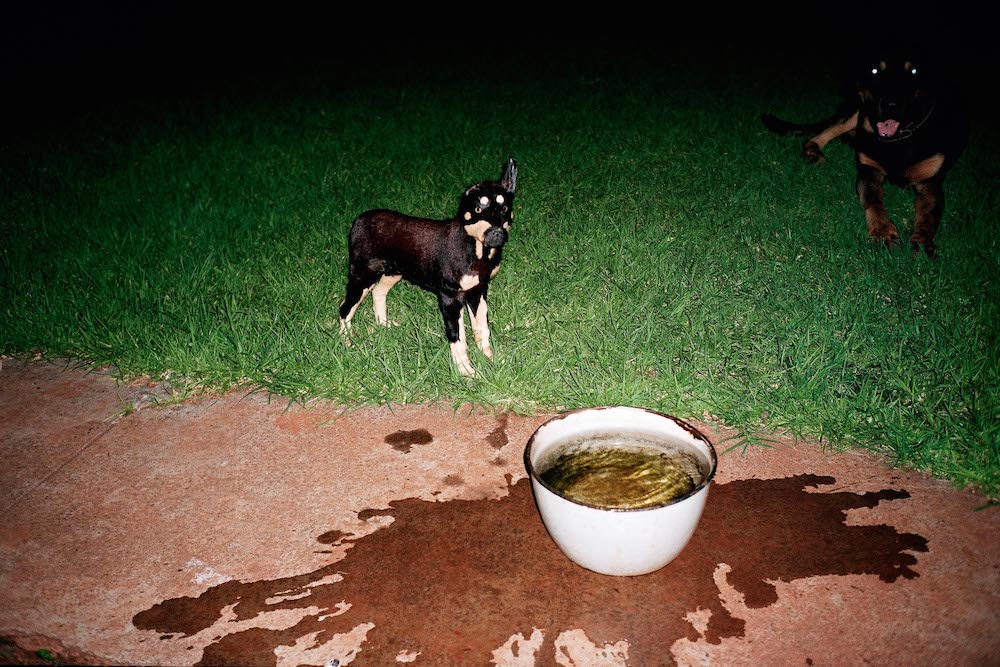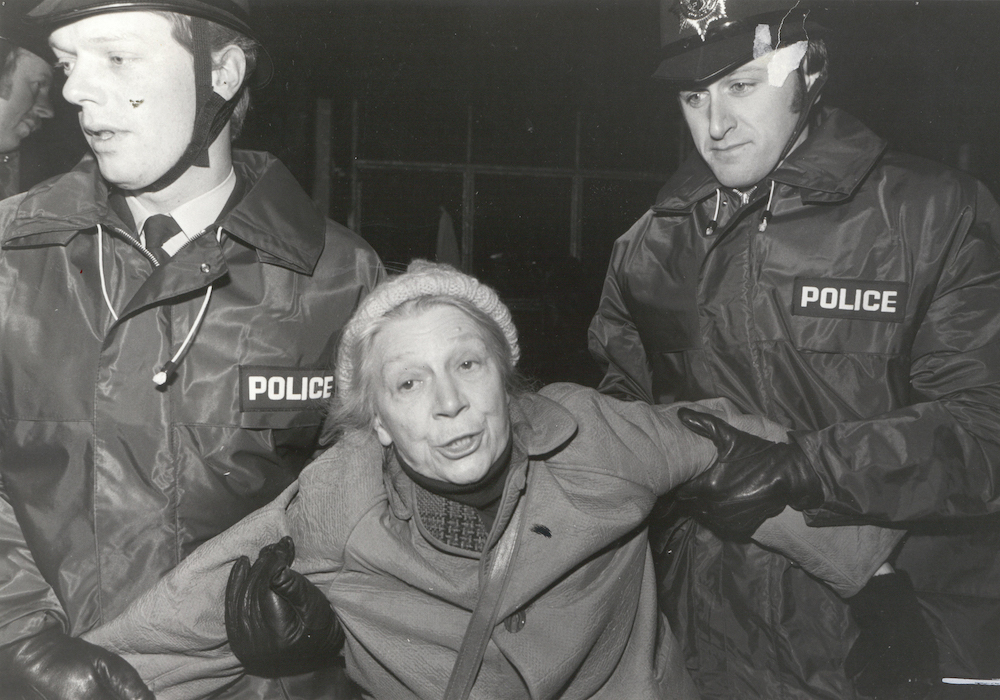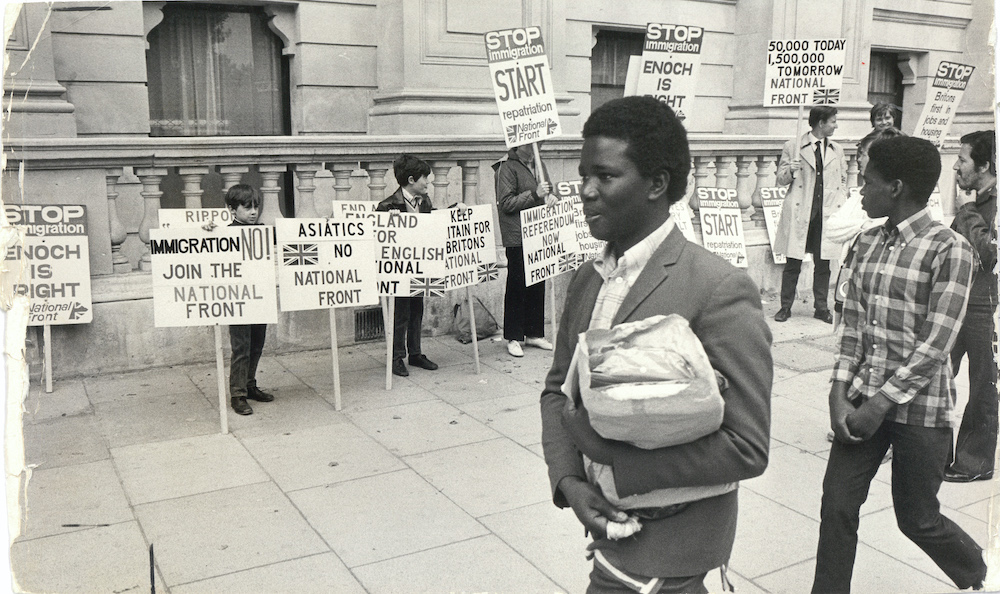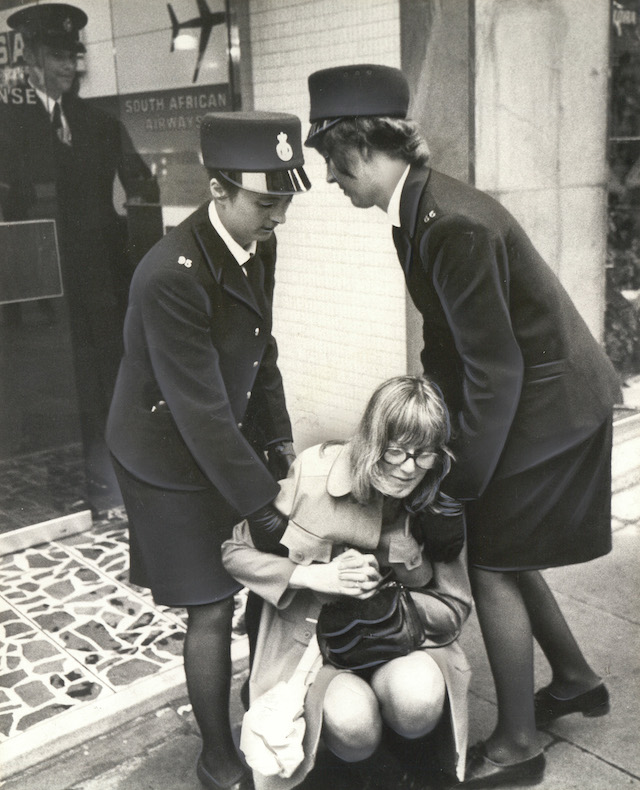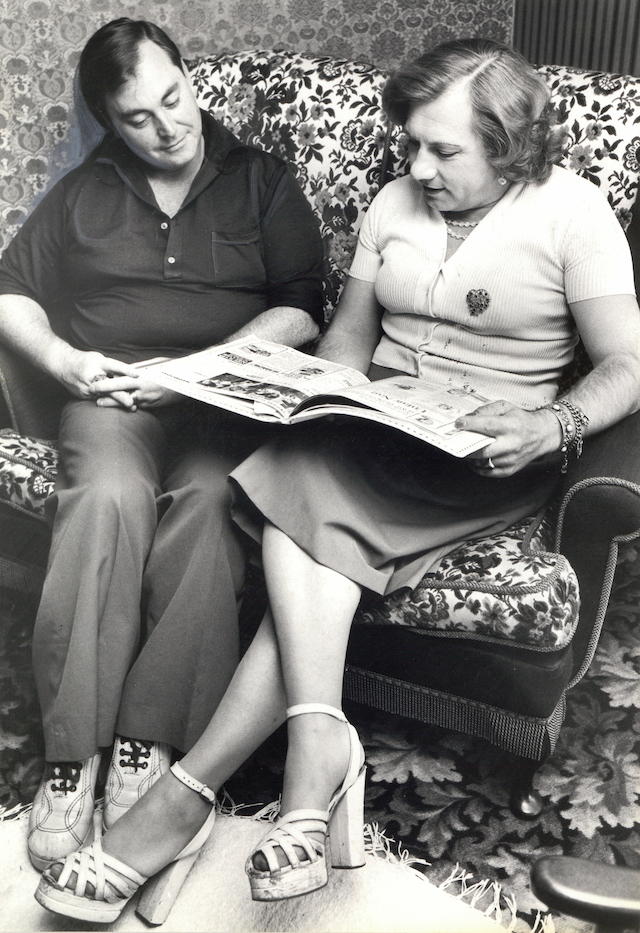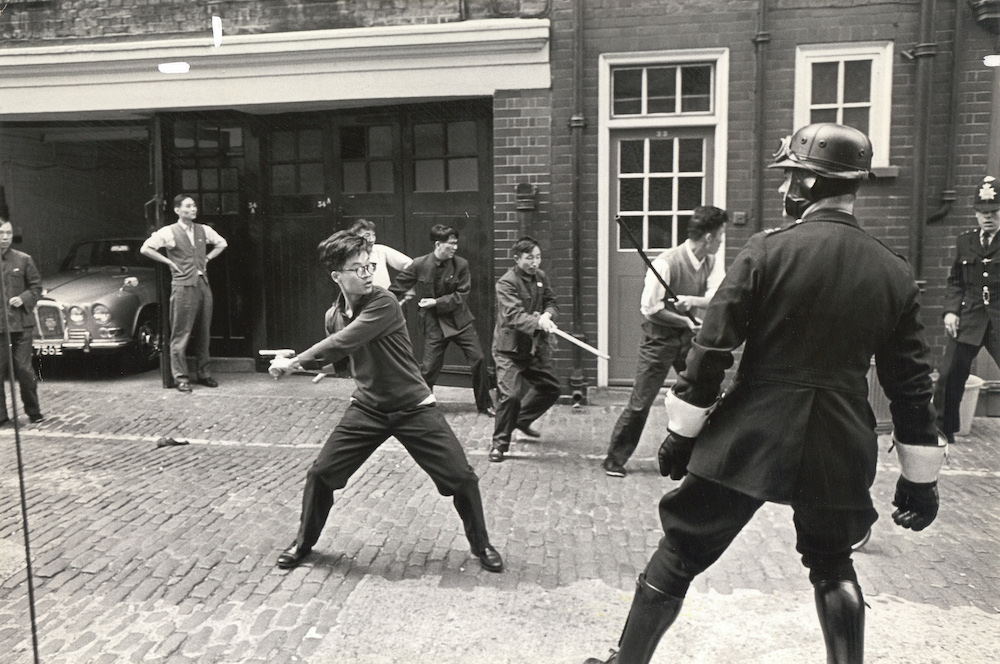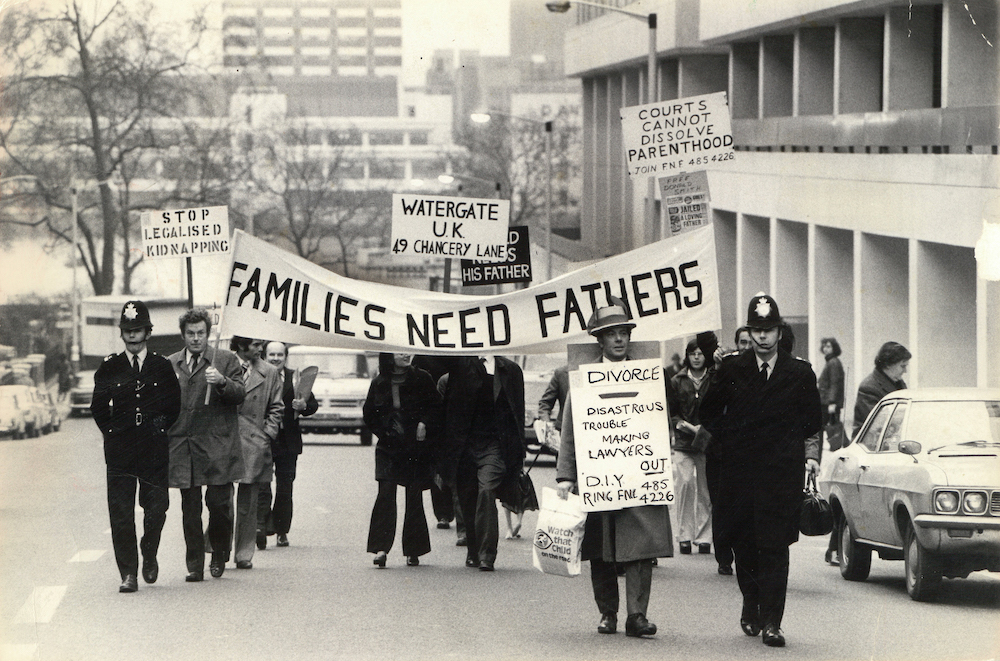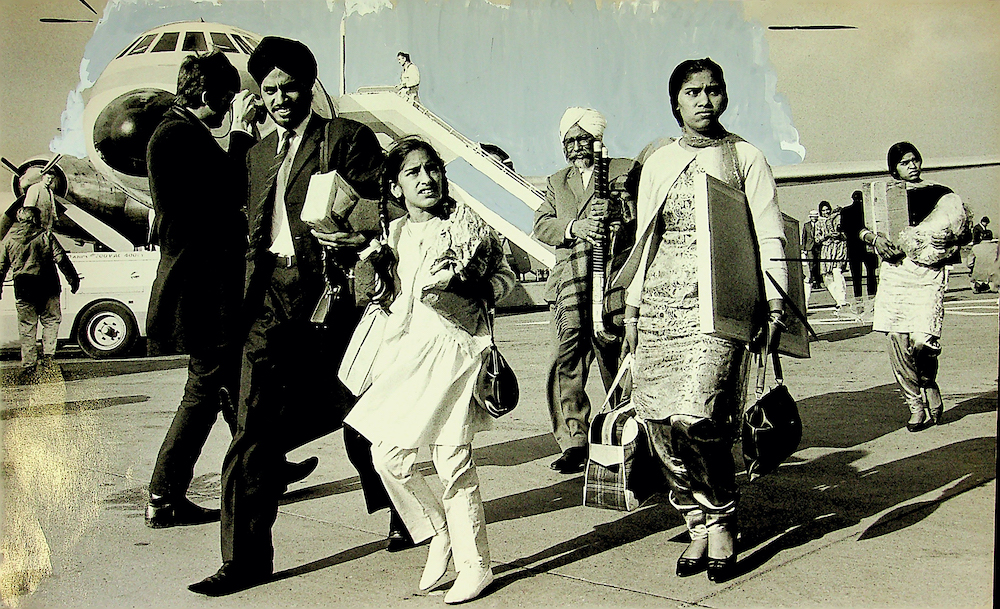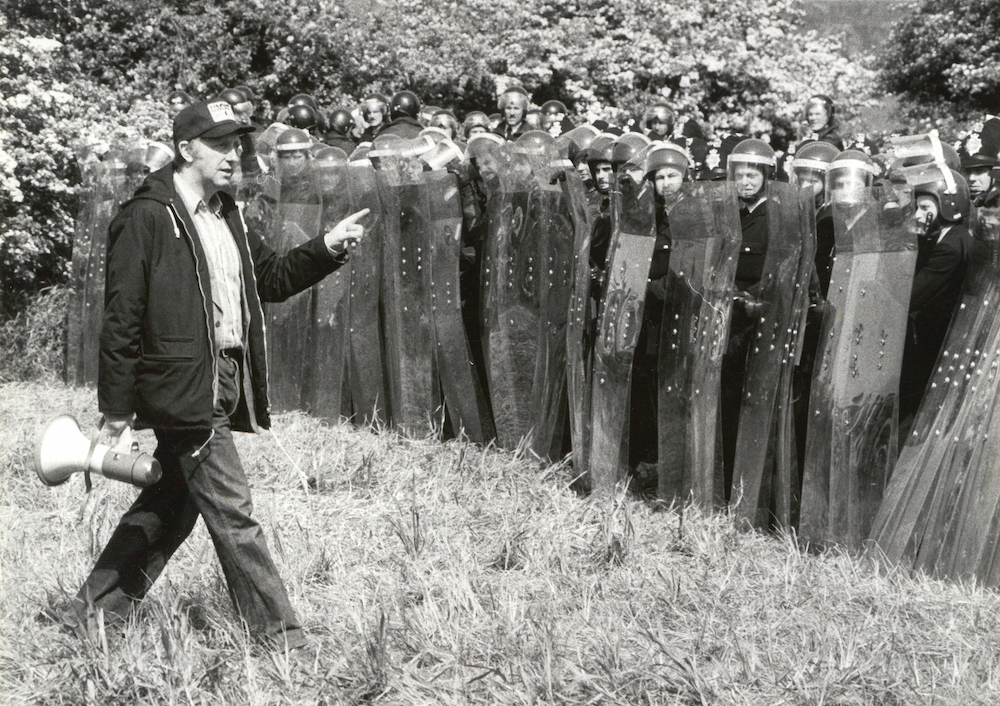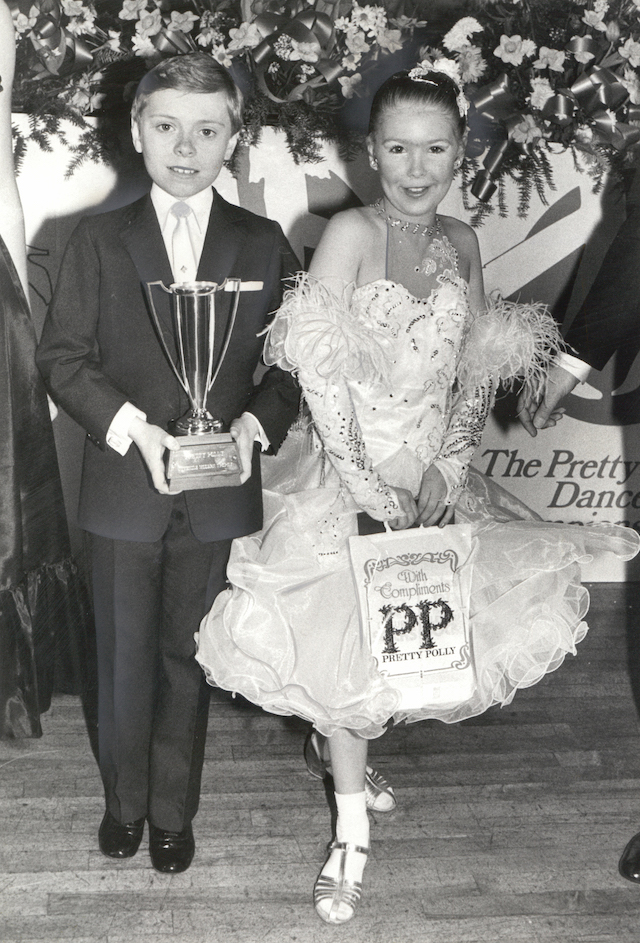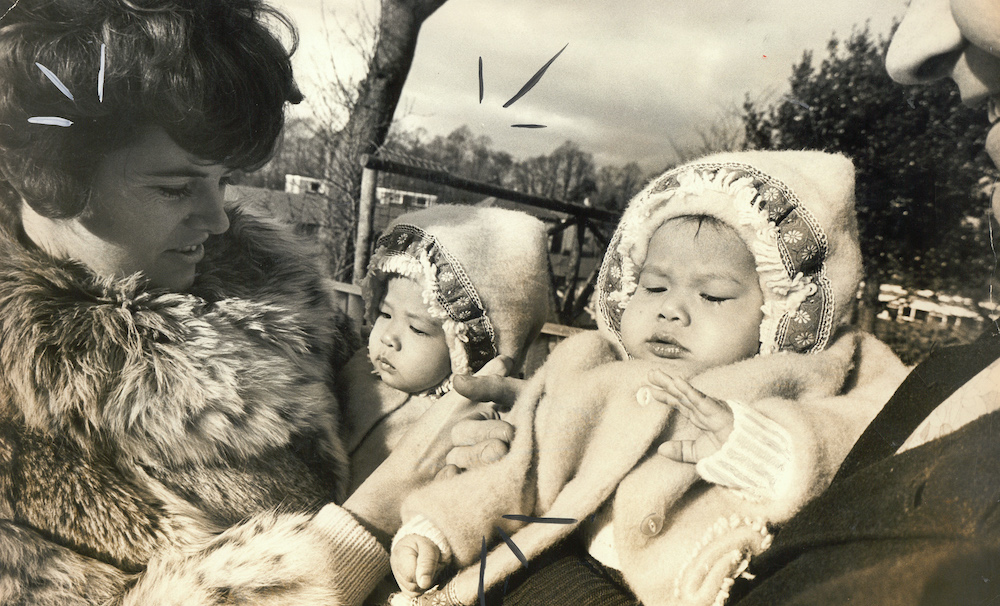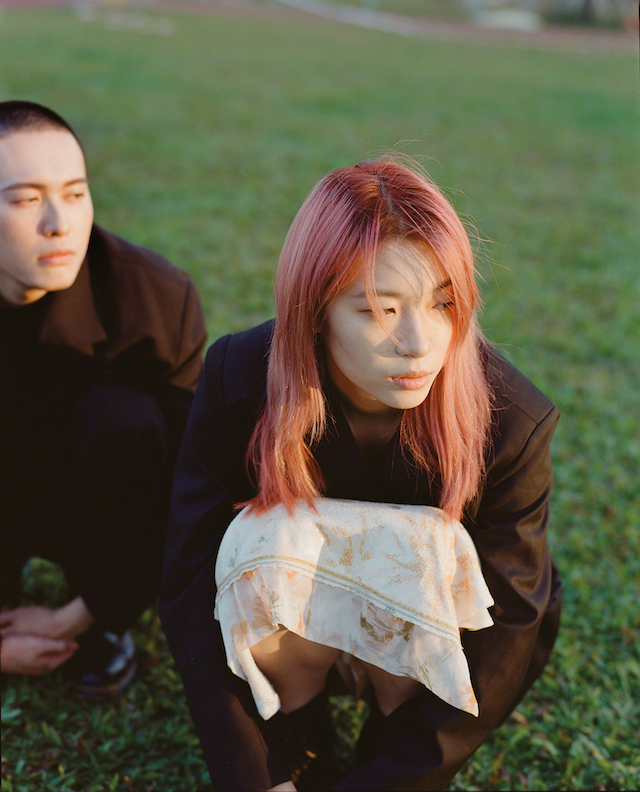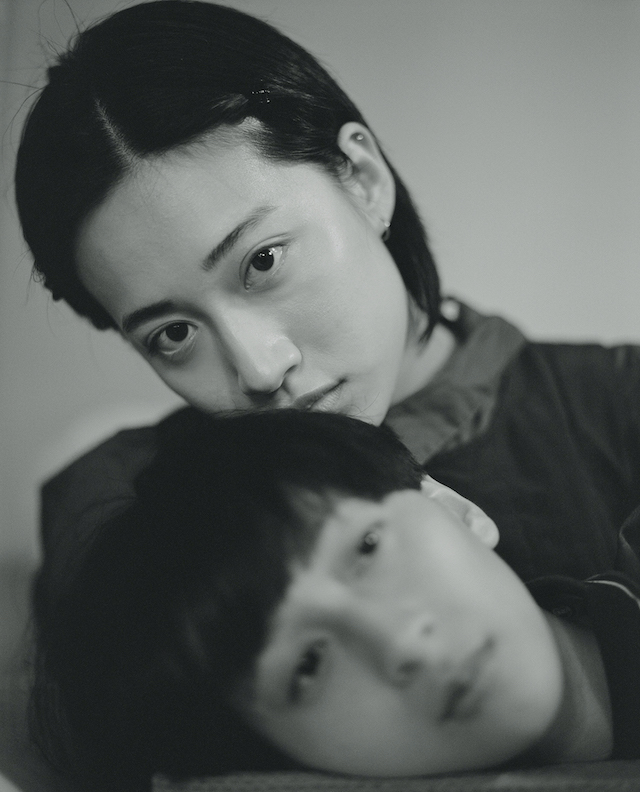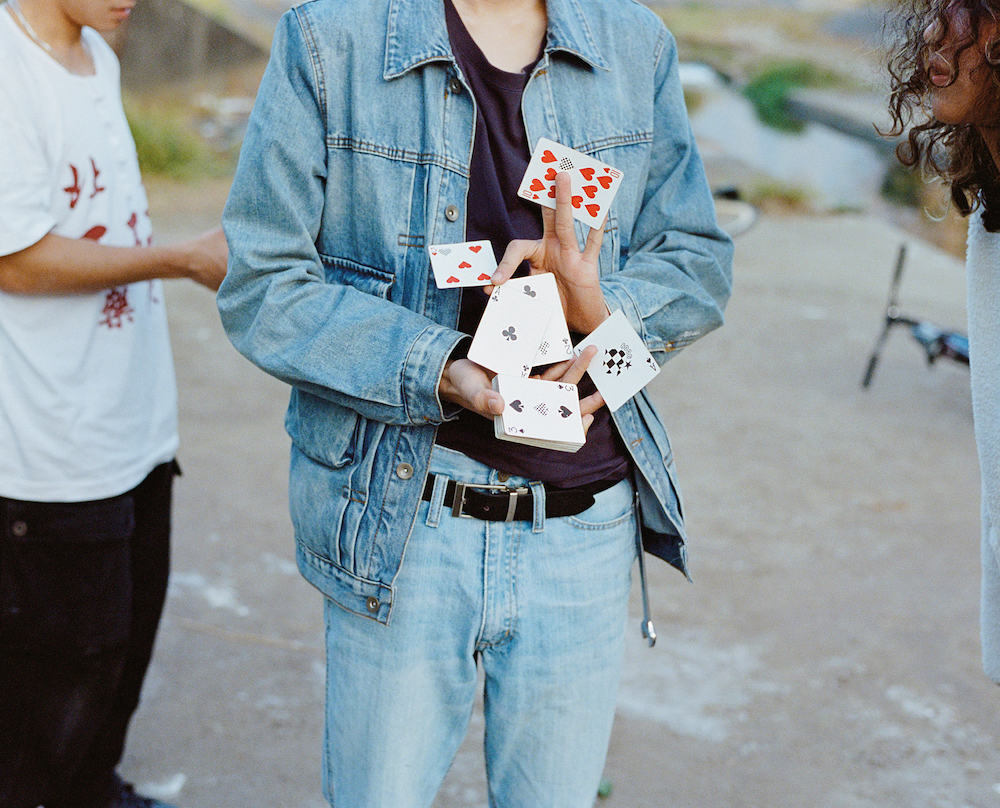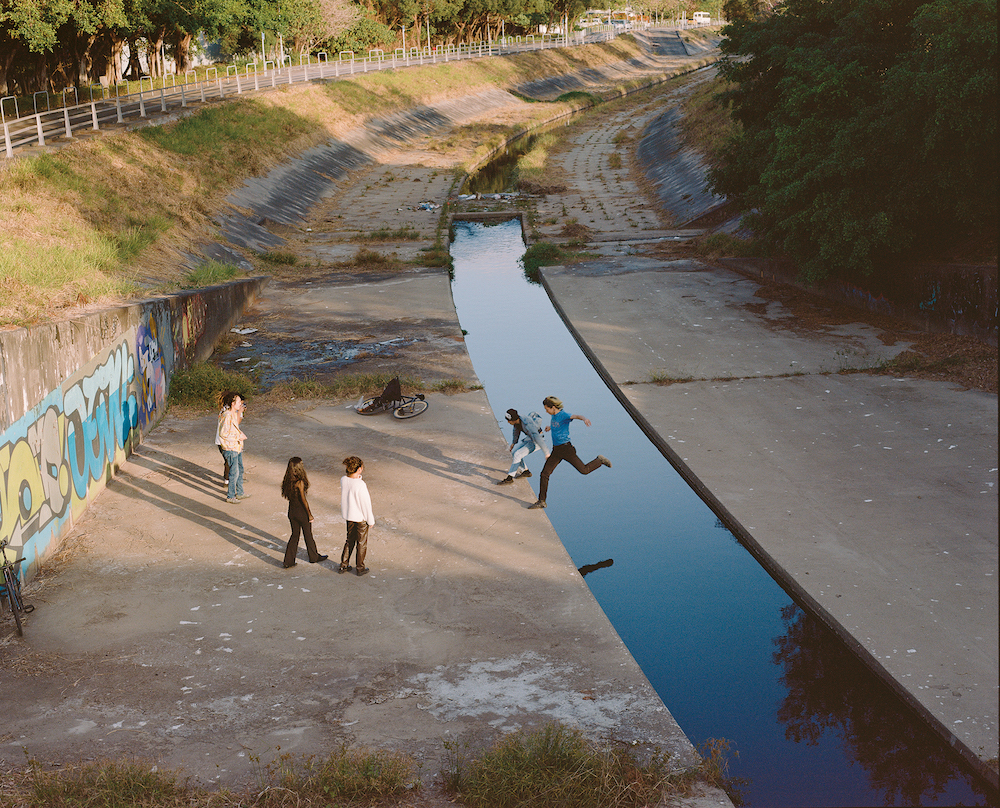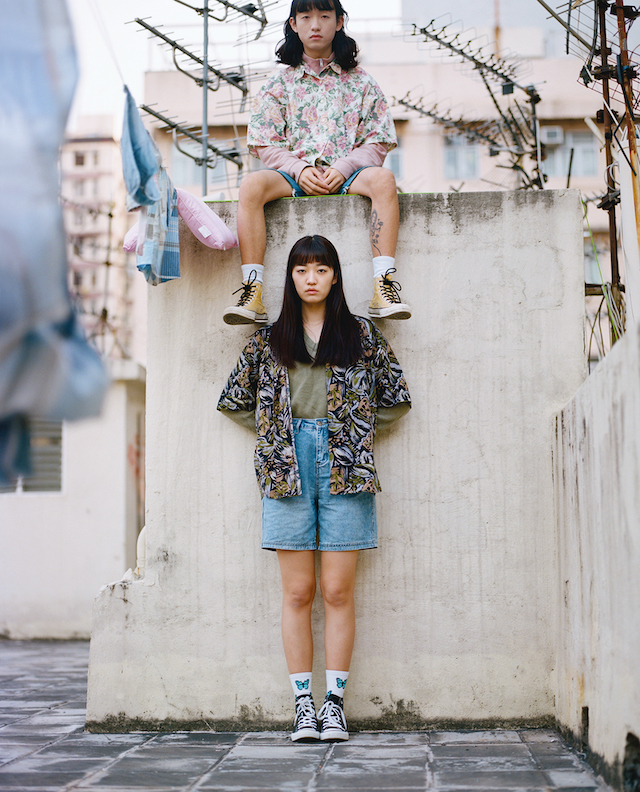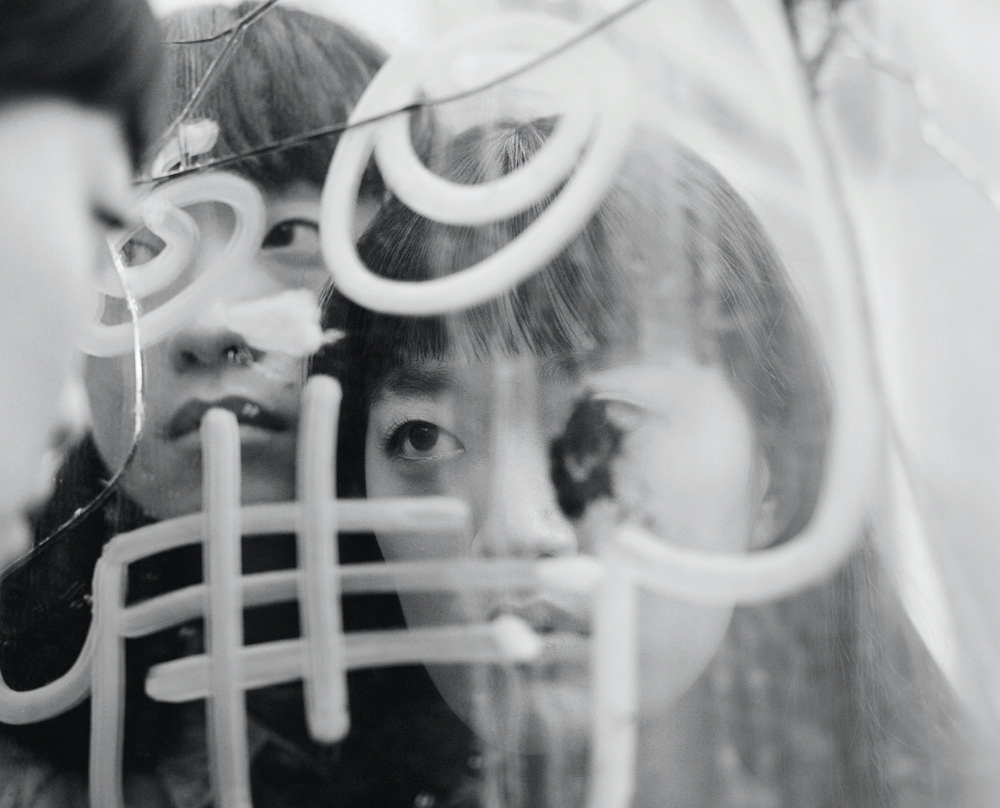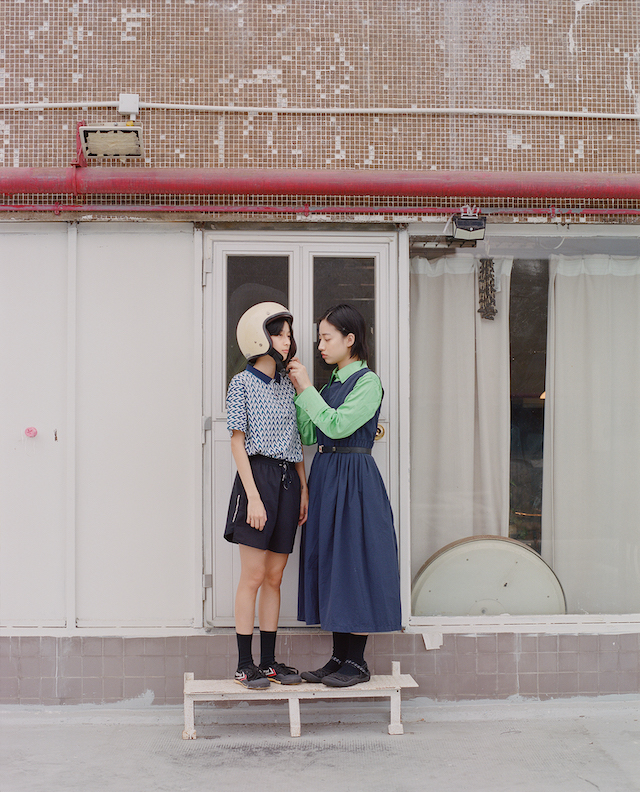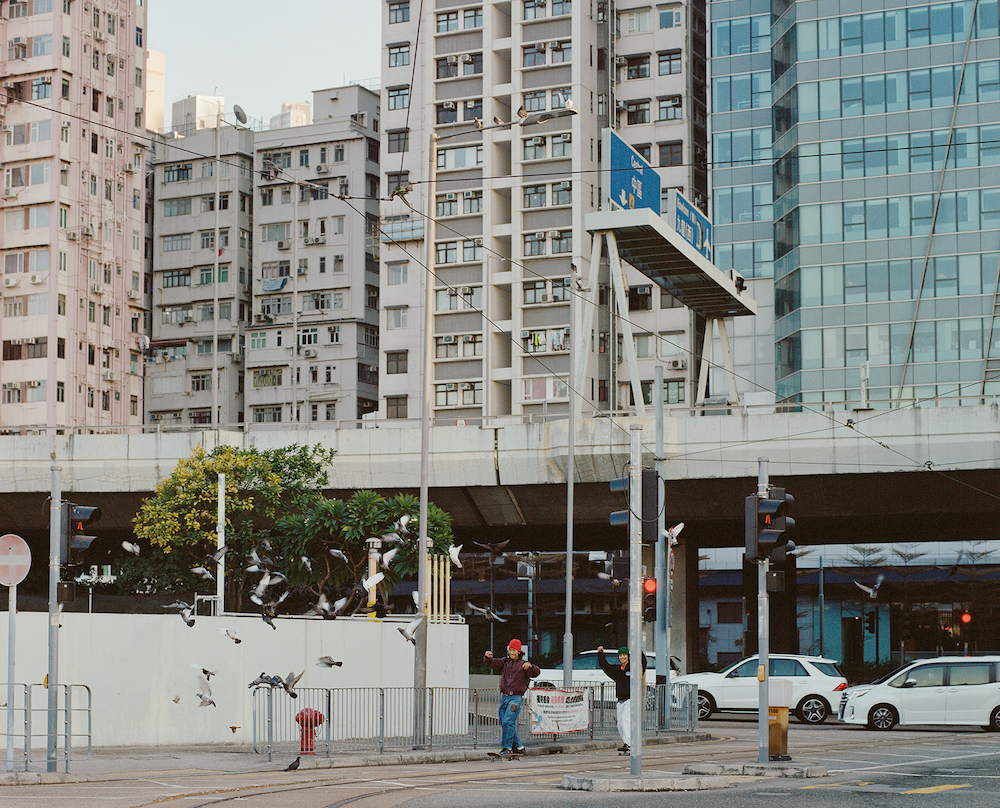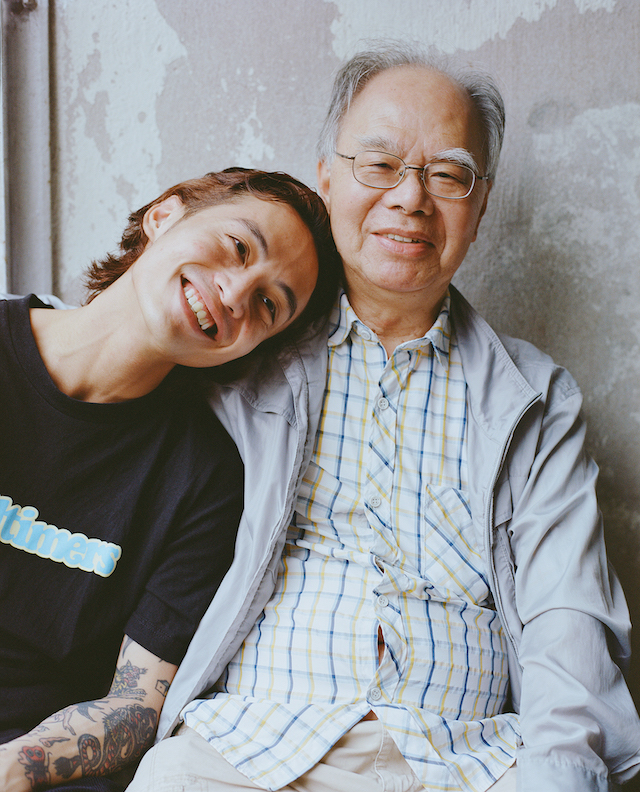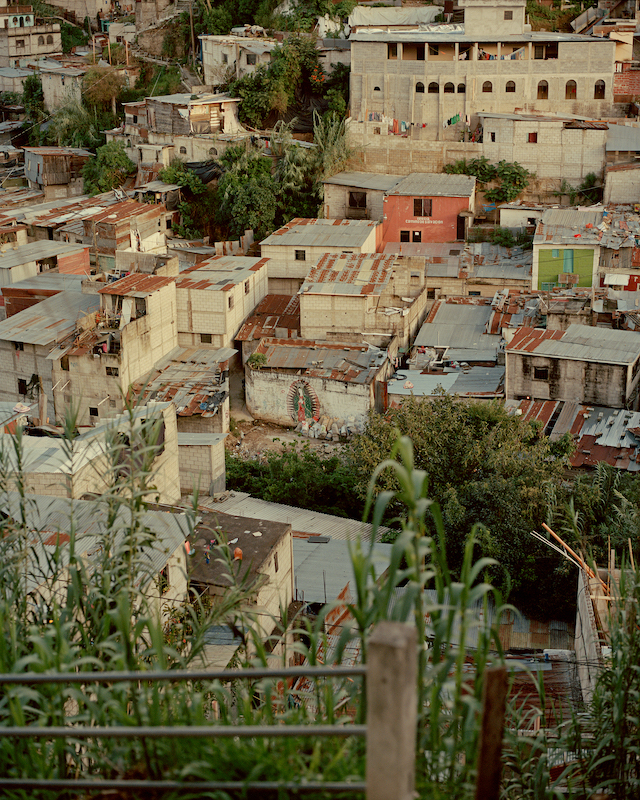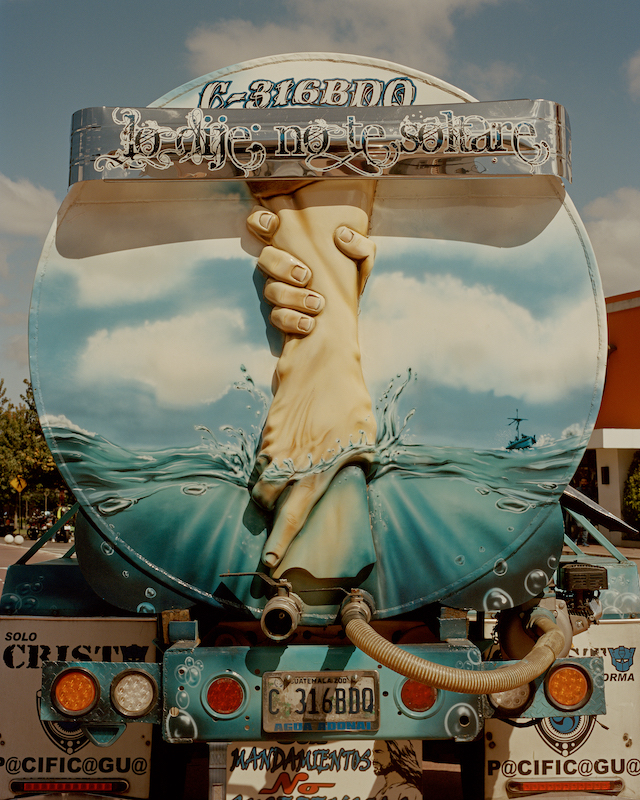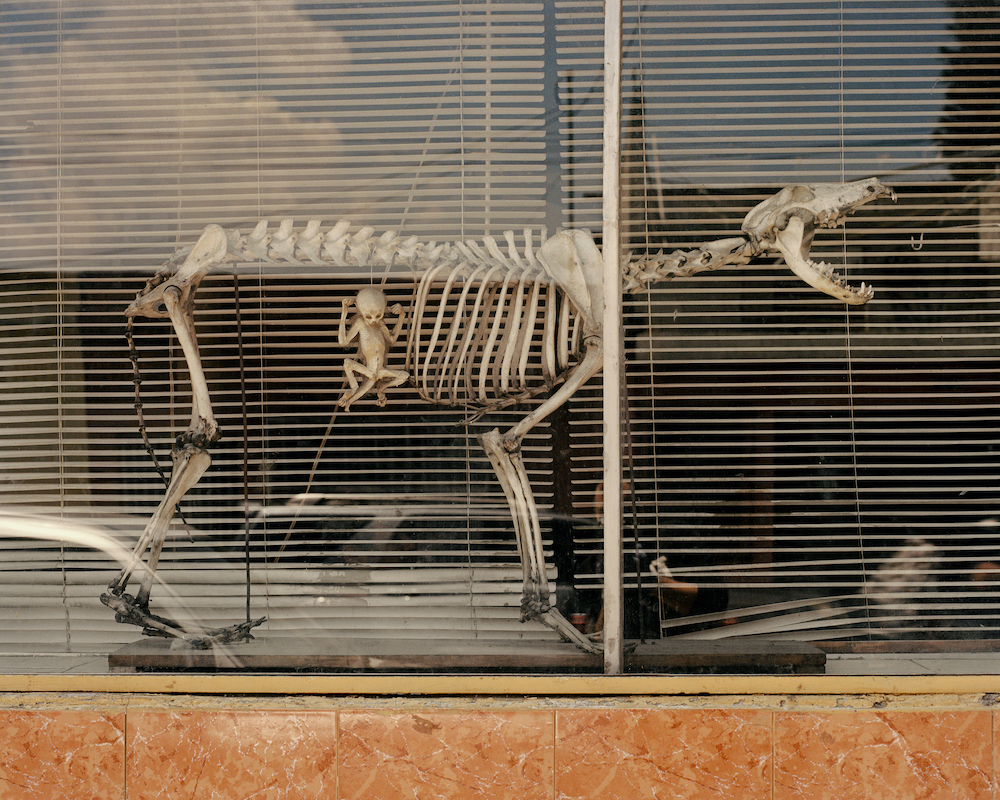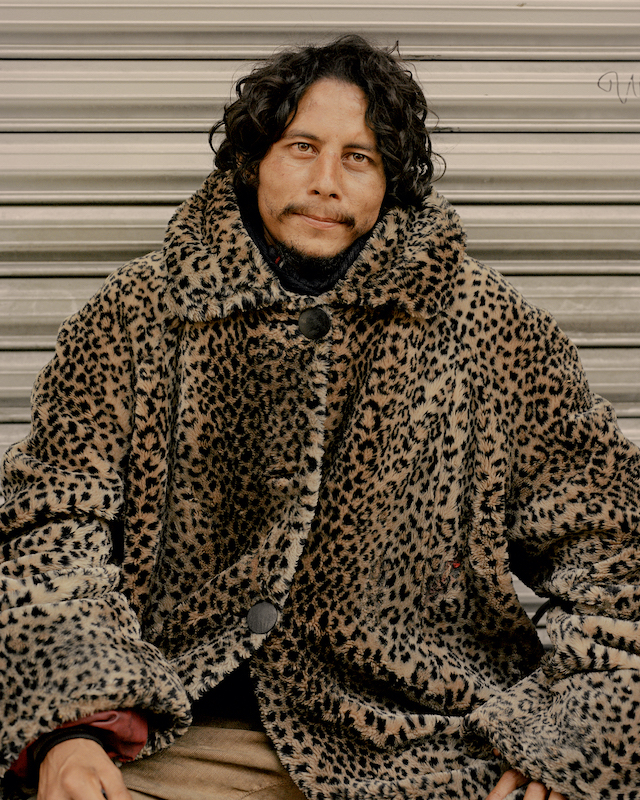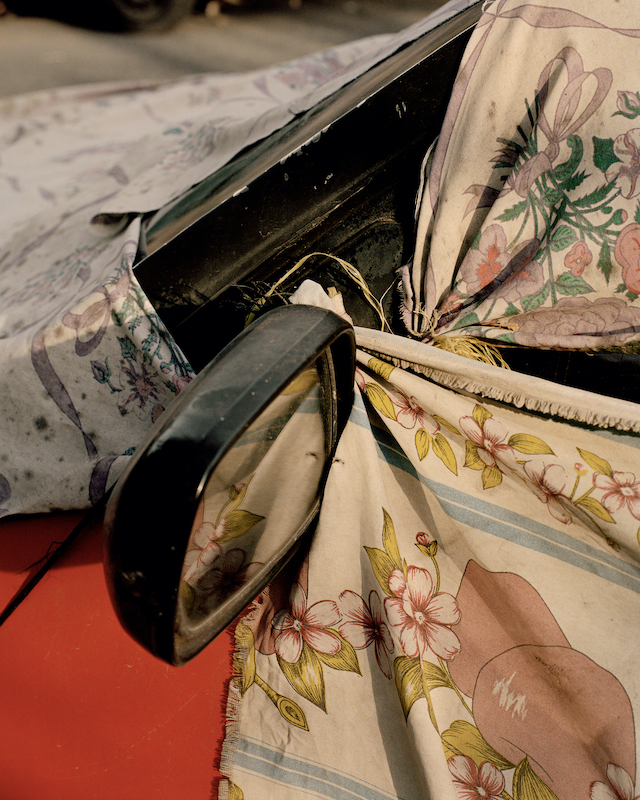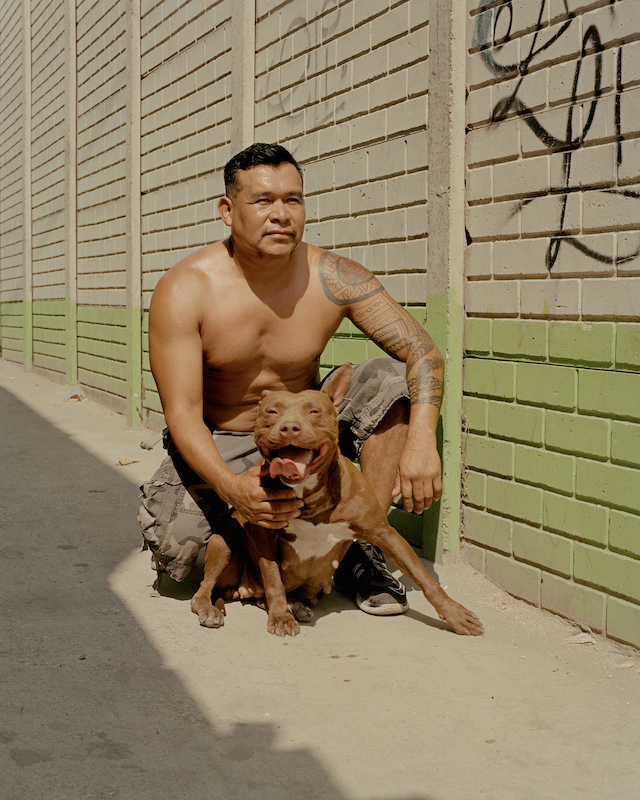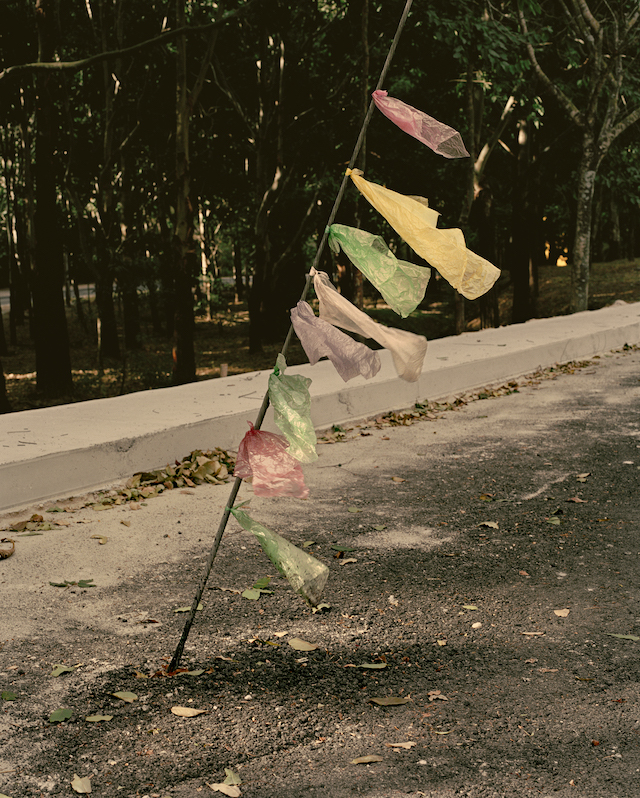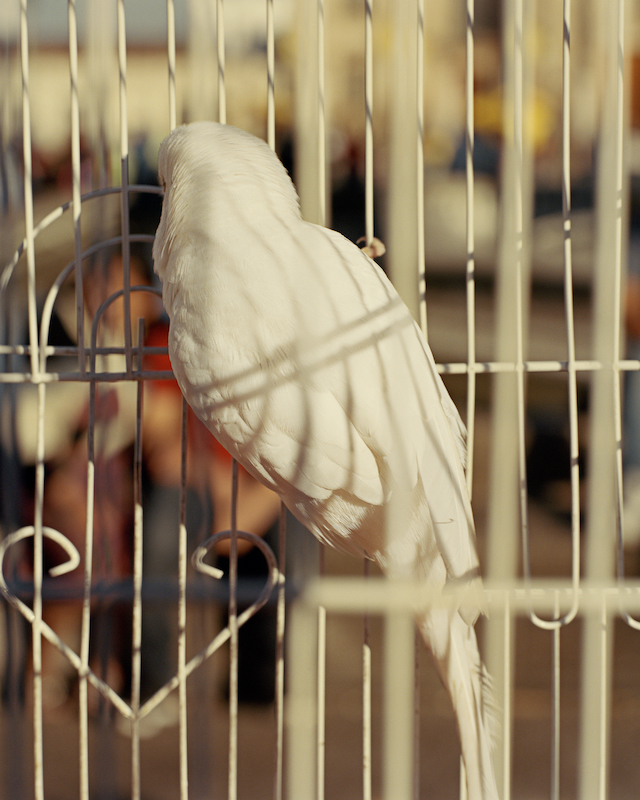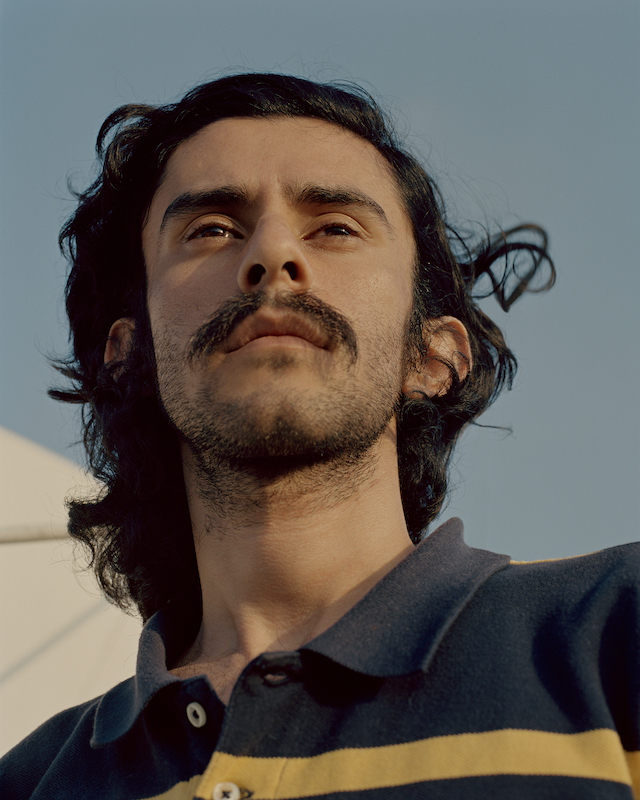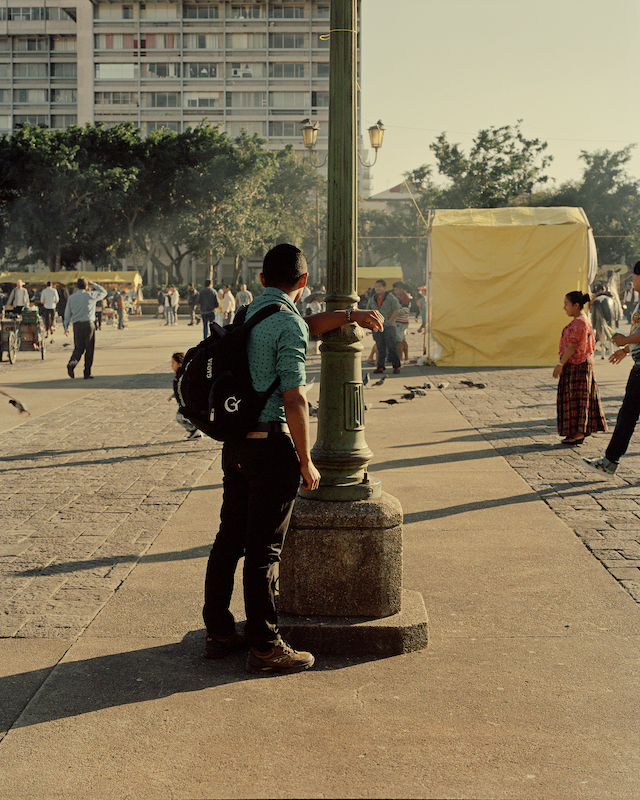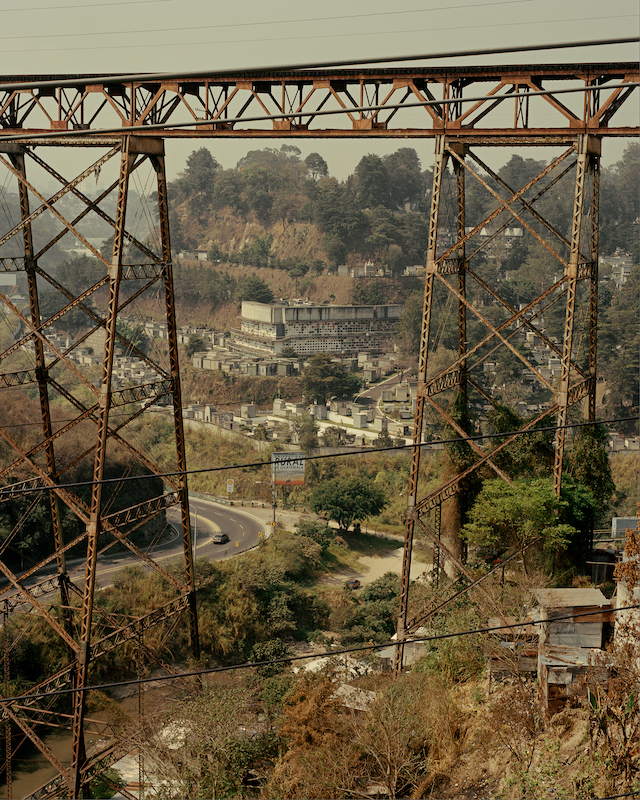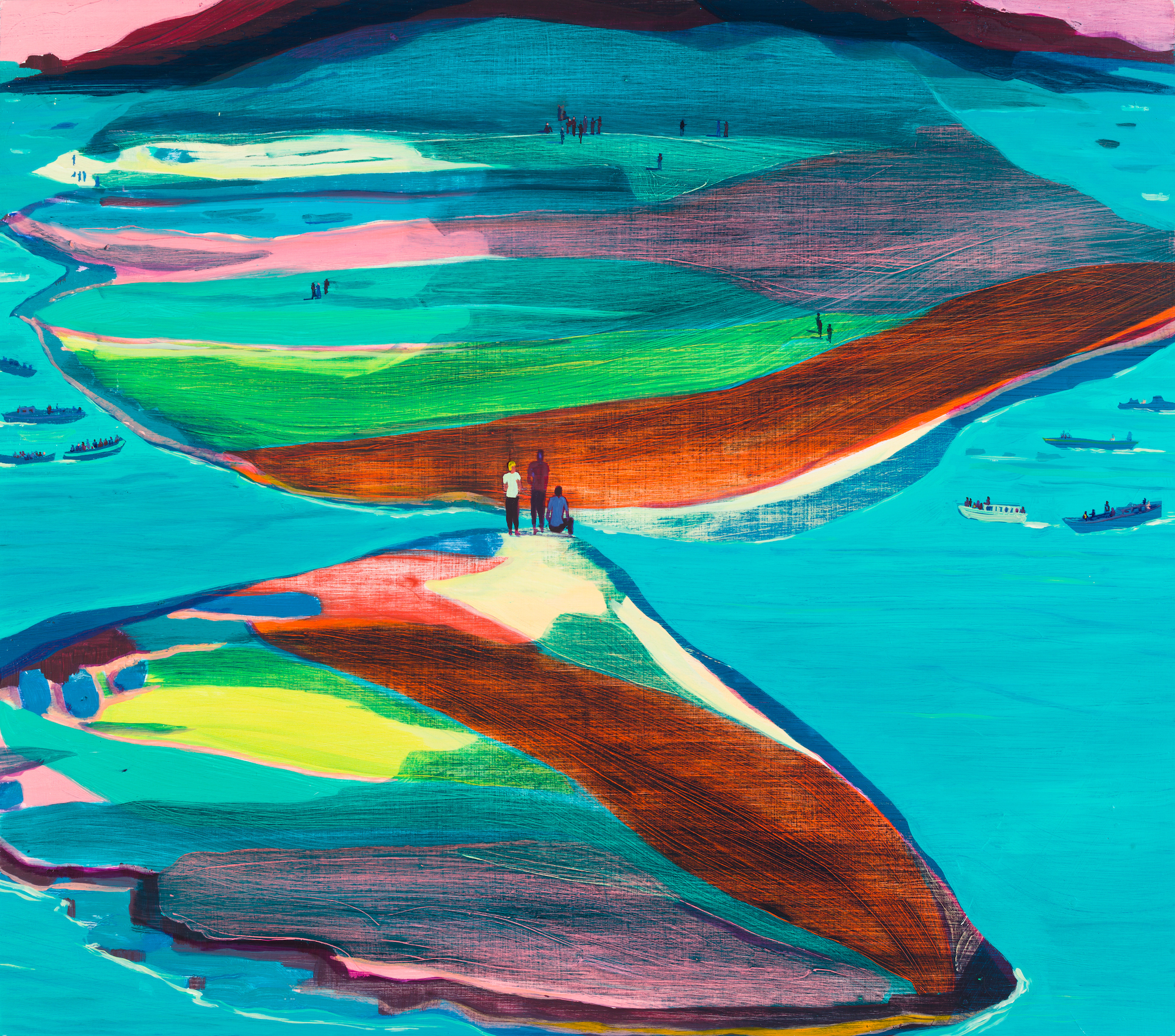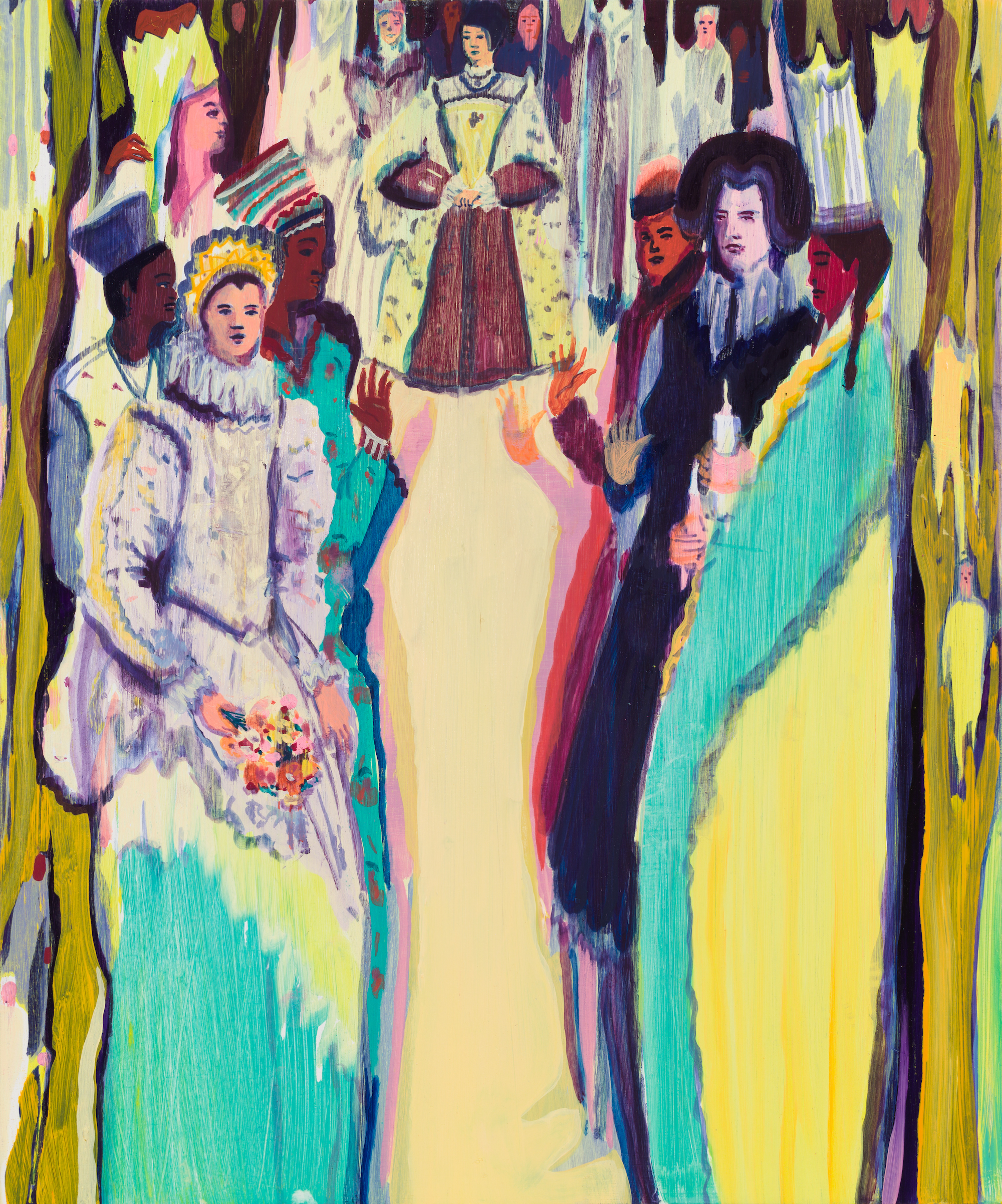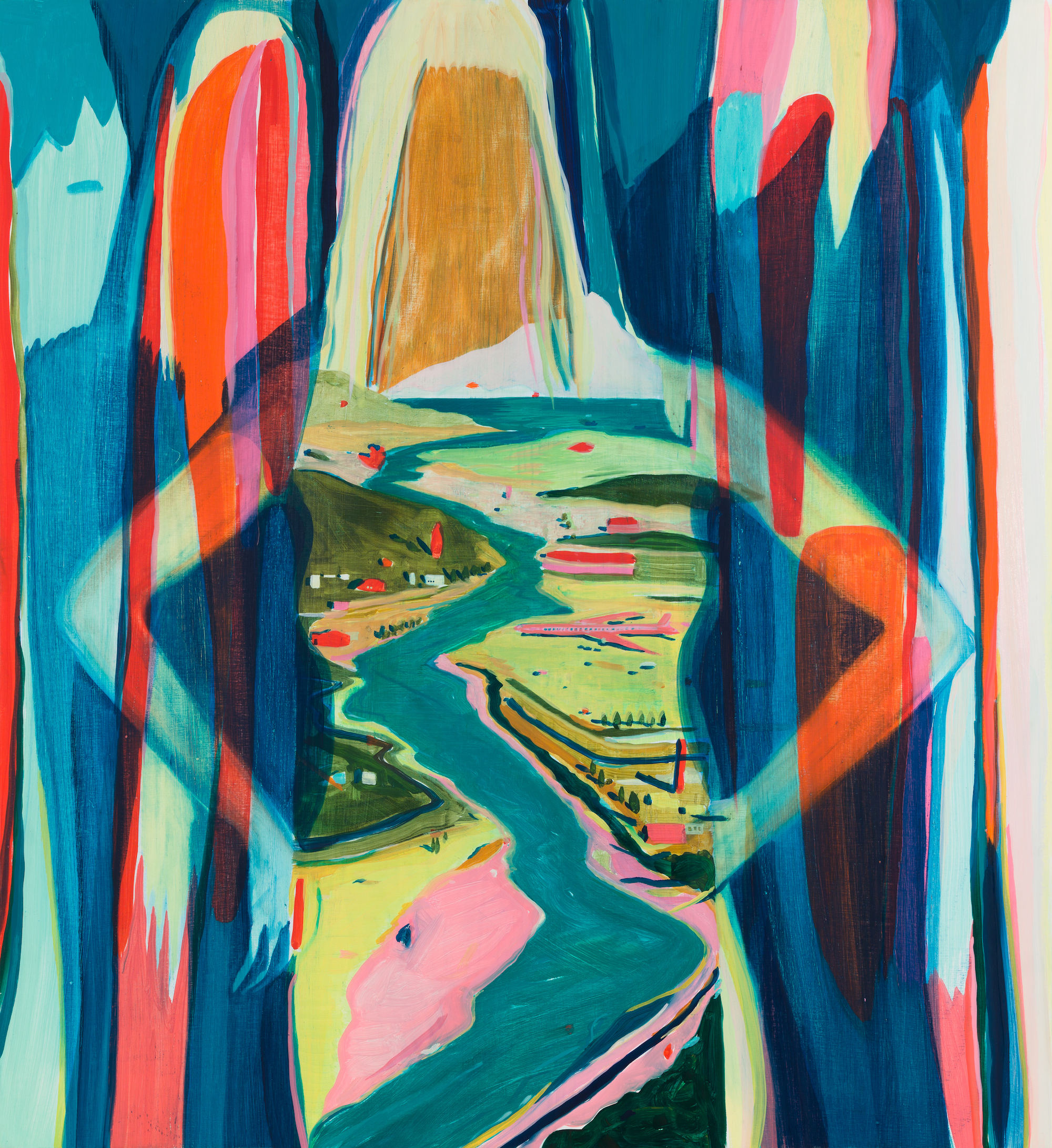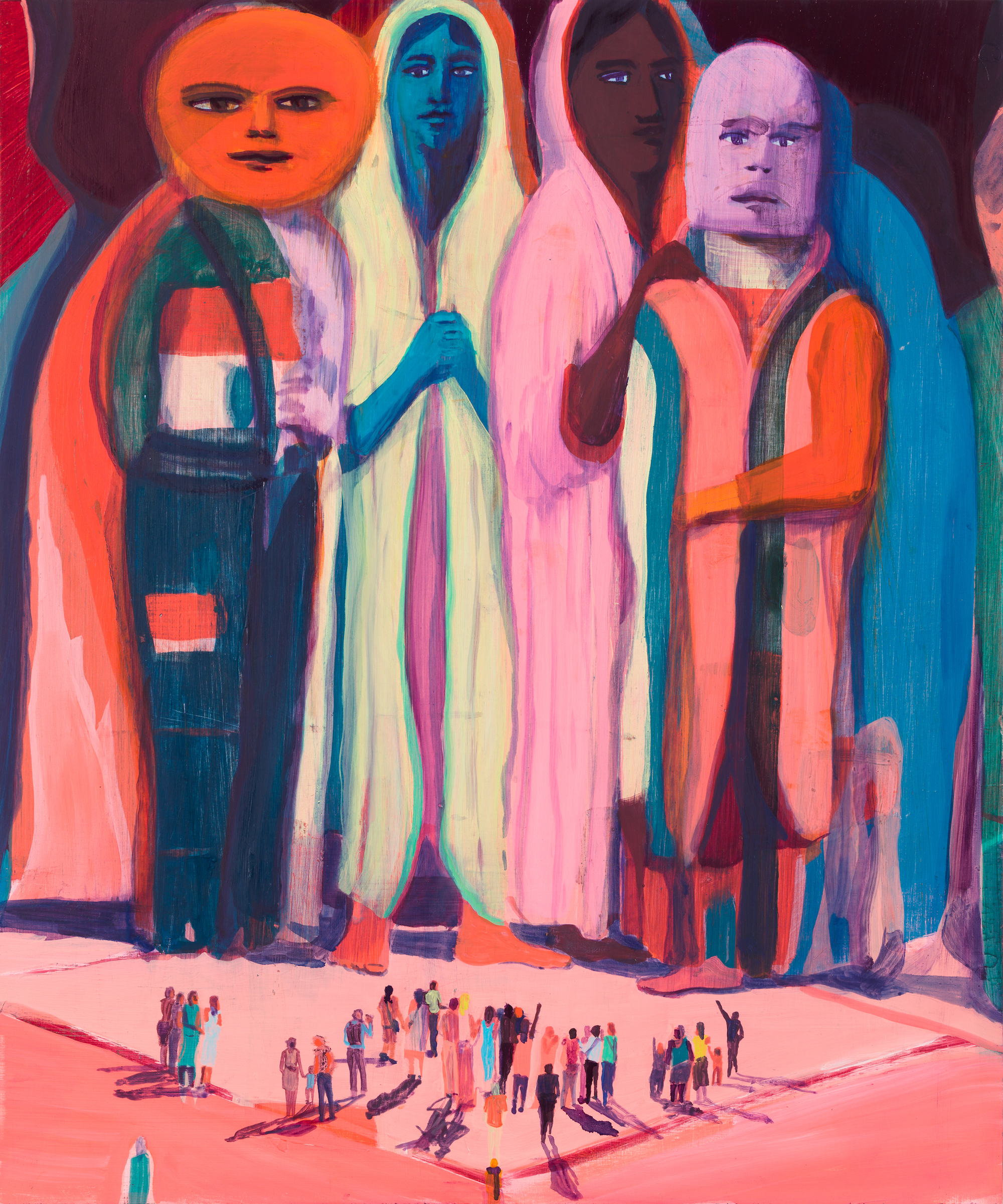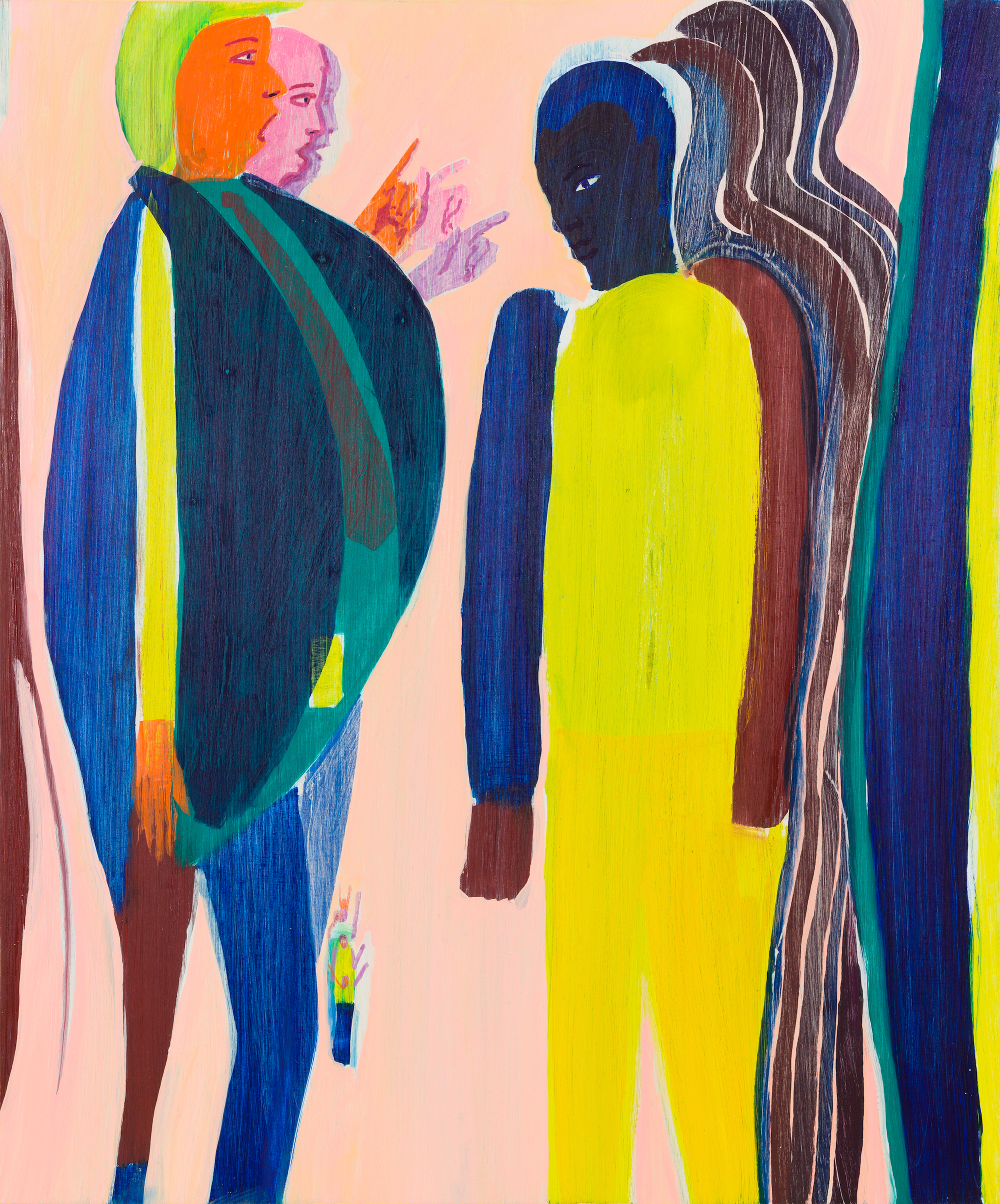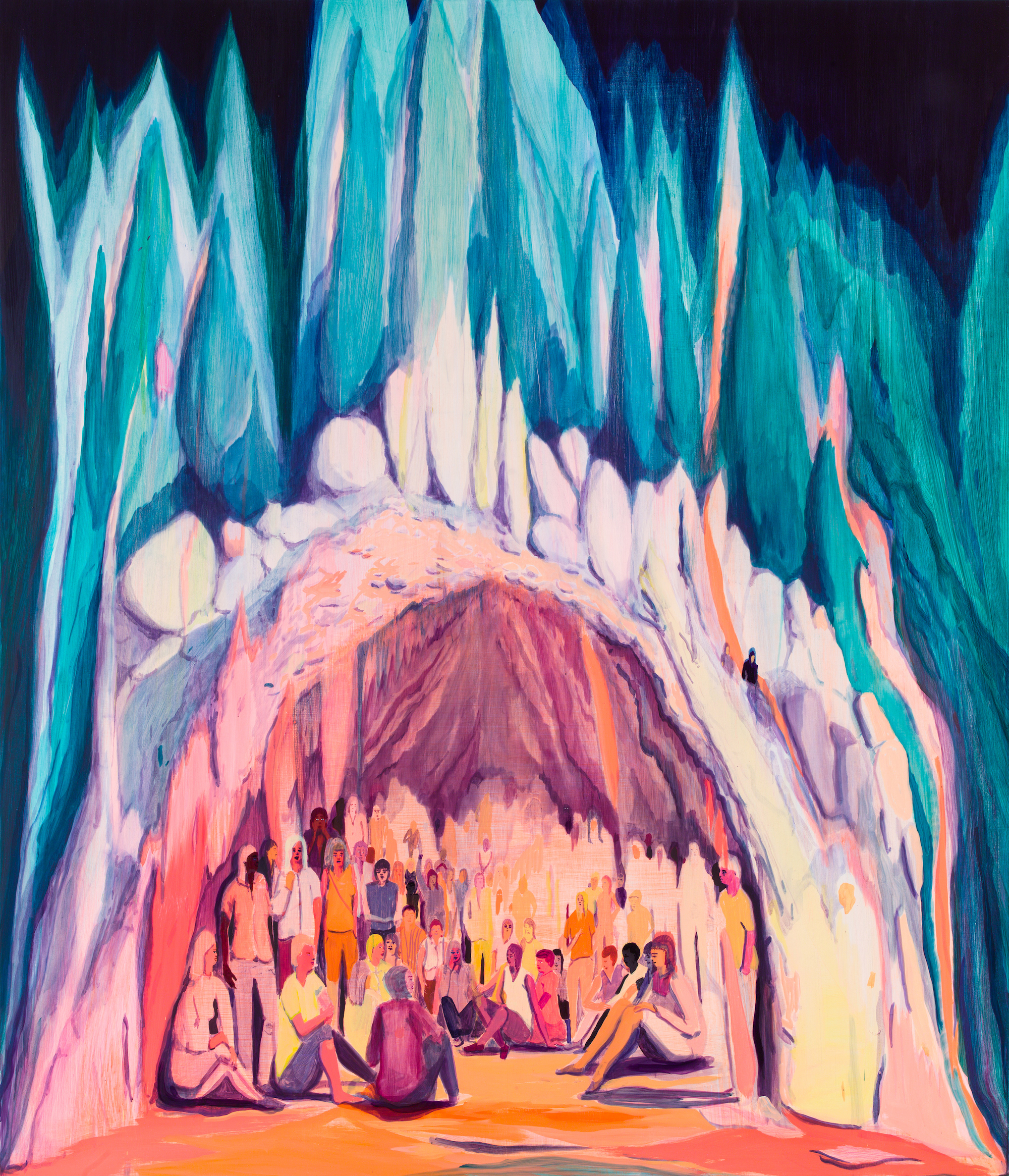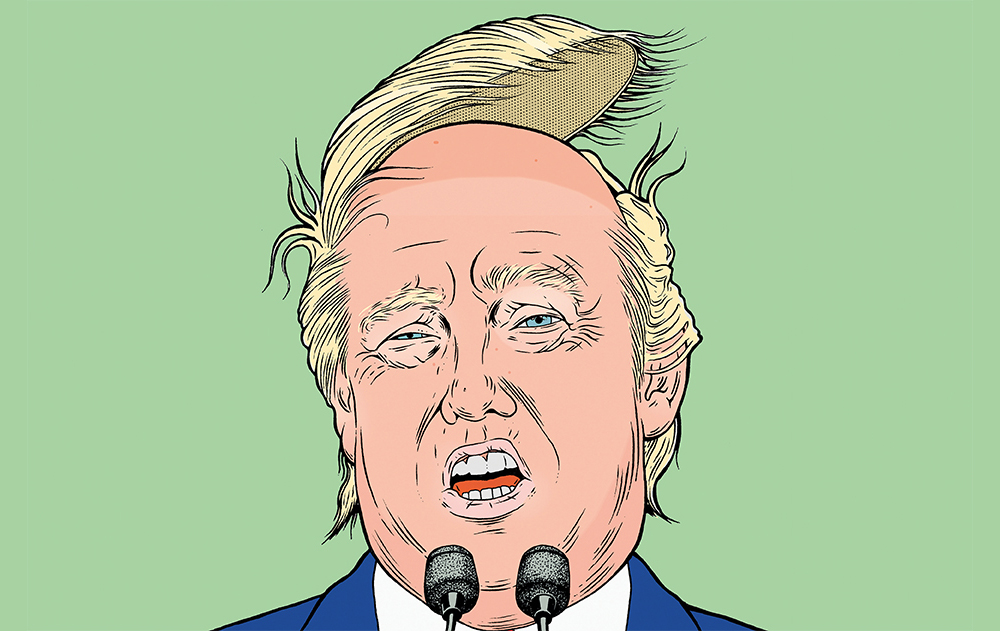Brunel Johnson’s four-part series provides a necessary platform for Black and minority ethnic groups
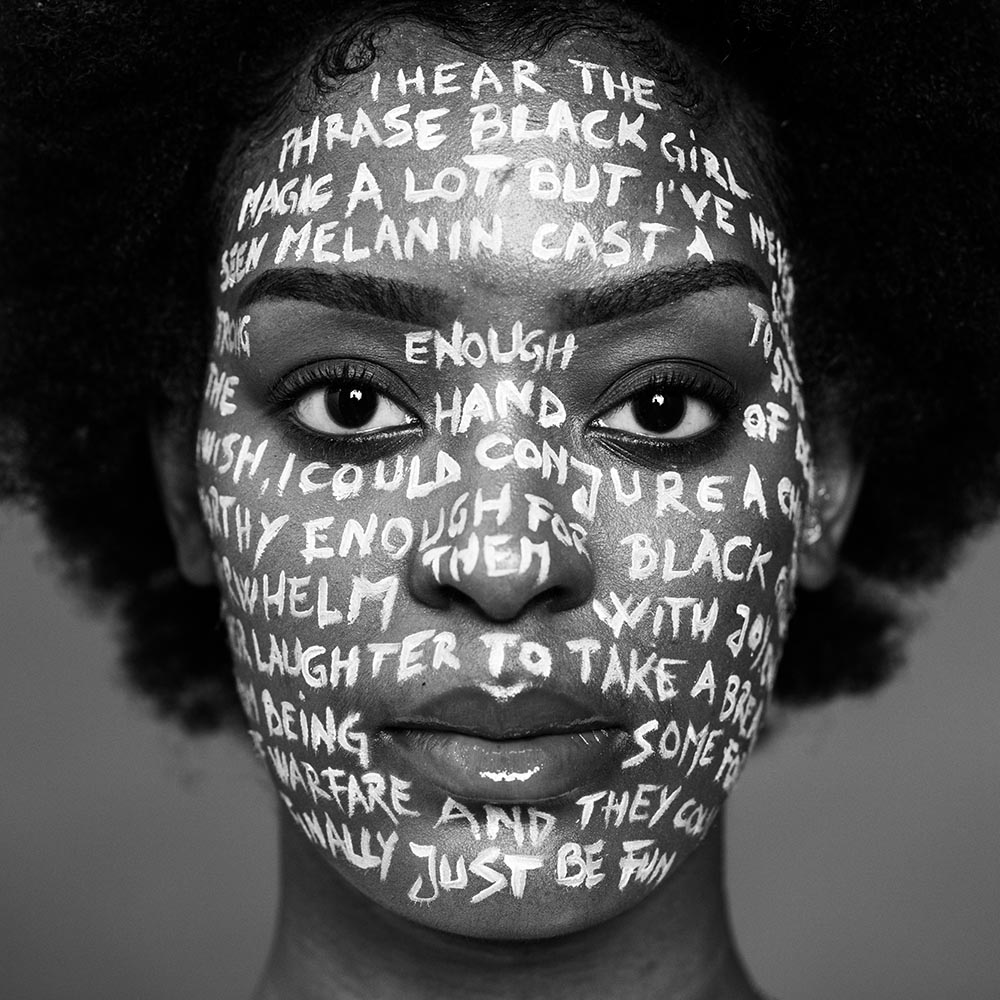
Many of Brunel Johnson’s ideas tend to formulate in the shower – it’s where he devises some of his best work. In the past, there’s been Dream, a project documenting the Pembury Estate in Hackney, photographing and videoing young women playing estate football. There’s also the countless sports, commercial, lifestyle and documentary photography projects, that each depict his notably candid style of image-making and, more importantly, his view of the world. It’s my Hair is another fine example, an ongoing project that aims to show the time, effort and skill that goes into maintaining Afro hair.
Whether it’s a still or moving image, Brunel’s shower-formed concoctions are deeply powerful just as much as they are empathetic. And Brunel’s most recent endeavour is a fine paragon of his goals as a self-taught, documentary photographer-turned-filmmaker. Titled Can you see me now?, the project is a four-part series produced and directed by Brunel himself, that aims to provide a space for Black and minority ethnic groups to tell their stories. For him, creativity is an apt tool for telling these narratives and to ultimately steer change. So by working with a solid team – including Milo Van Giap as the DOP, plus charities Rise.365 and Re:Sole and United Borders – Brunel has cast an array of real-life people with lived experiences to share, heightened by his artful use of mixed-media and 1:1 format. The result of which is a compilation of four films, Young Black Man, The Beauty Of The Hijab, Black Girl Magic and CHiNK. Below, I chat to Brunel to hear more about his impactful series.
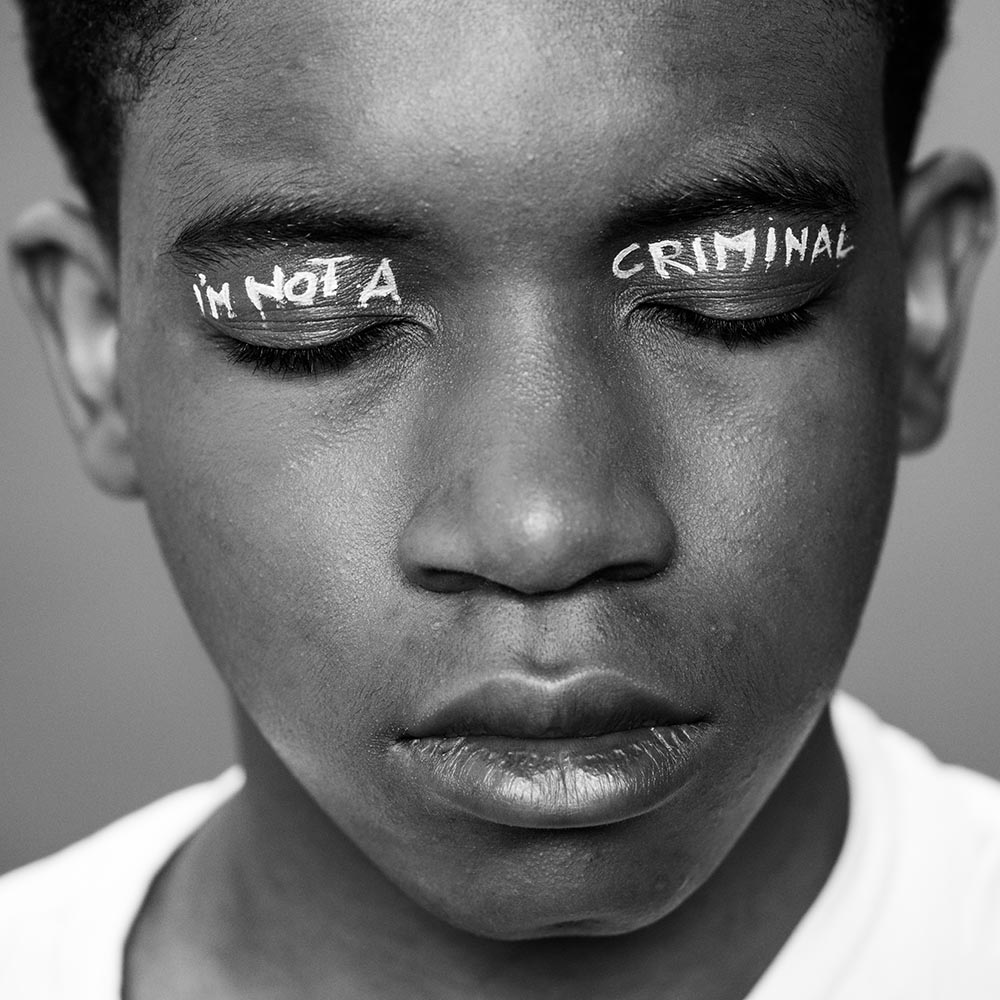
First, tell me about your ethos as a photographer.
I strive to capture the mundane moments of daily life in an authentic and raw way. If I’m working on a project, I’ll always try to draw out the moments that tell the story I want the audience to see best. My goal as a photographer is to change the narrative that surrounds Black and minority ethic communities. I want to change how we’re shown in the media and how our stories are told. So I strive to bring out the stories that I believe the world needs to hear and see without tainting it from a biased gaze.
When did the idea arise for Can you see me now? Why tell this story?
It actually came about while I was in the shower (a lot of my ideas happen there). Being a Black creative in this industry can be frustrating, as not only do you have to deal with basic day-to-day struggles of life, you also have to deal with the stereotypes, your work being deemed irrelevant, being labelled unprofessional for stating your mind and making a stand for what you believe in, being randomly stopped and searched because of a vague police description as you walk out your front door.
All these things and many more make you realise that you’re in a constant upward struggle to achieve a basic human right – to just live. And this can really take a toll on you mentally. Simply screaming, complaining and protesting gets you easily labelled and tossed aside. So how do you tell your pain, struggles and experiences while making those who wouldn’t normally listen, listen? It has to be done creatively. In my opinion, anyway. I believe these stories are important and need to be told, especially with how the world is right now. The mic isn’t being given to those who are truly affected and that needs to change. How will people understand what is happening in these communities if it’s always the white gaze of the media telling us what they think we feel?
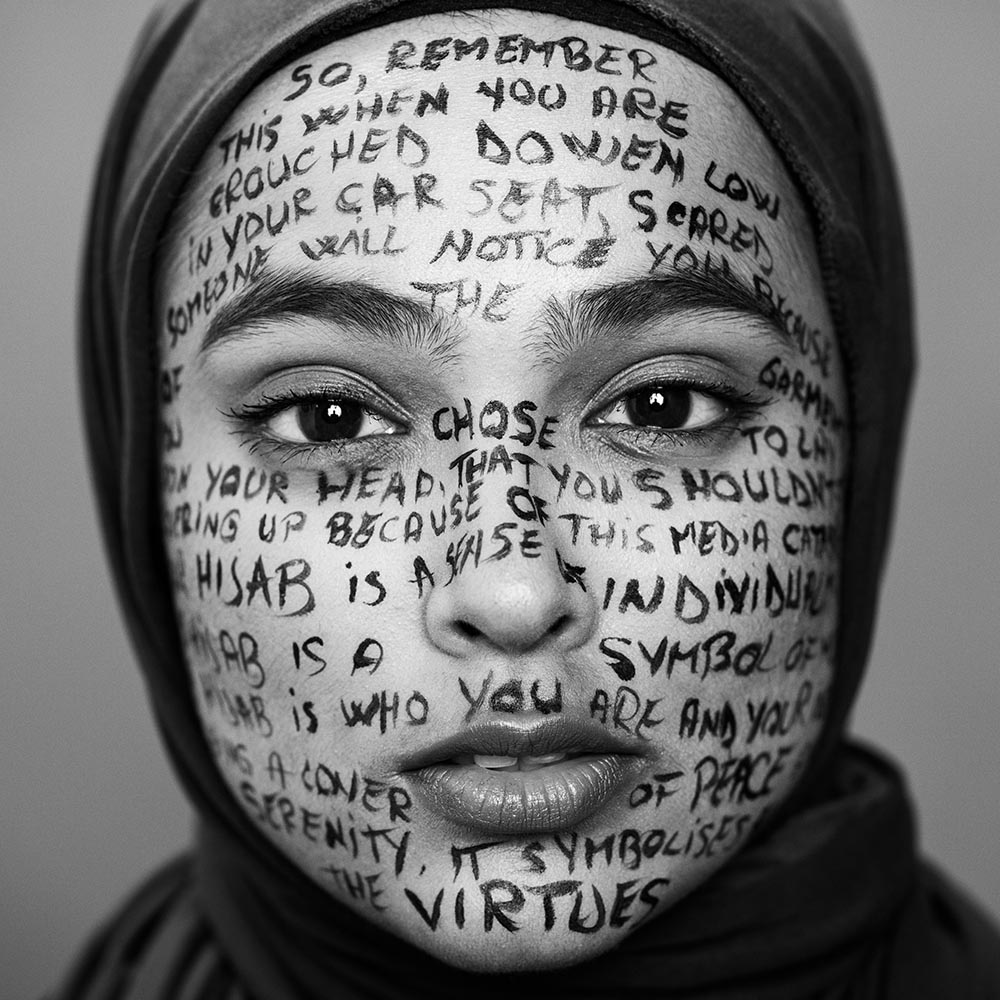
What are your reasons for incorporating mixed-media, and what does this add to the narrative?
While planning this project, I wanted the message to be delivered in a way that hits the viewer from multiple angles. I’ve seen this format done many times before, but I wanted to do it differently. Sometimes the visuals are dope but the poem is a bit meh, other times it’s the visuals that are meh but the poem is dope; I wanted to create something that was both visually and audibly dope yet still digestible.
As a documentary photographer, I know the face and eyes tell a story and are probably the most captivating part of the human body. I saw the face as a blank canvas that I could use to tell the story with words, and would visually have the viewer spending more time staring at the photo. I didn’t want the viewer to come up with their own interruptions. The monochrome palette and 1:1 format were important for me. I acknowledged that, for some reason, whenever we talk about race, despite its complexities, it always somehow boils down to Black and White, so why not have visuals like that too. The 1:1 format was to create a box, symbolising the stereotypical box many of us have had to live our lives in, but now we were taking control of this box and using it to our benefit, to tell our stories. I made the subjects stare directly into the lens to prevent the viewer from looking elsewhere. The subject is in front of them and there’s no escape; it’s time to listen, read and see what they have to say.

How did you land on the subject matter, and what do these topics mean to you?
I decided that I wanted each piece to be direct and unapologetic of how these communities really feel. For the young Black man part of the series, I drew upon my personal experiences and had a friend who is a poet write it out as a spoken word. With the other parts of the series, I spent time speaking to people from those communities to educate me on their experiences, their feelings and what they’d like to say if given the platform to.
I really enjoyed this process because, for example, with Black Girl Magic I was going down the lines of Maya Angelou and the strong Black woman narrative. However, after speaking with Black women, many said that the era of the strong Black woman had passed and that they wanted the world to know that they experience other feelings too; that they cried, laughed, felt anxious, scared, fatigue and more. So making this a reality was incredible. It was the same situation with CHiNK and The Beauty of The Hijab. One thing I made sure of was that each poem was written by someone from their respective community. This is why I decided to call the series Can You See Me Now? I do what I do so I can learn more about humanity. Each topic for me is an opportunity to learn, to find common ground and build bridges.
What’s the main message with this powerful series, what can the audience learn?
Can you see me now? Am I visible now? Can you feel and understand my pain, struggles and experiences? It’s to be visible. I hope the audience can relate to the series and feel a sense of relief that maybe how they’ve felt is finally being put across, and those who haven’t experienced the things said in the series become more understanding and accepting to the fact that they do exist and are happening.
Film credits:
Producer, Script Writer, Director: @bruneljohnson
DP: @milovangiap
Sound & photographer: @bruneljohnson
AC: @notsergioh
Lighting: @flapjacksss & @milovangiap
Makeup: @ioanasimon_mua @madalina_petreanu
Editor: @jfroudy
Sound Engineer: @flynnwallen
Retouch: @alberto__maro @isahakeemphotography
Runner: @soyd1416
Models: @lenaelghamry @sadiqa.e @_shazfit @alex_fergz @da_bf9 @mrbonsu @proscoviauk @doggsza @jaychelle.1 @youngshahid @belliebooze @_purnimaraicreates @w.cui Gladys & Sandro.
Poems by: Yumna Hussen, @ashleybelalchin @thejasminesims @belliebooze





